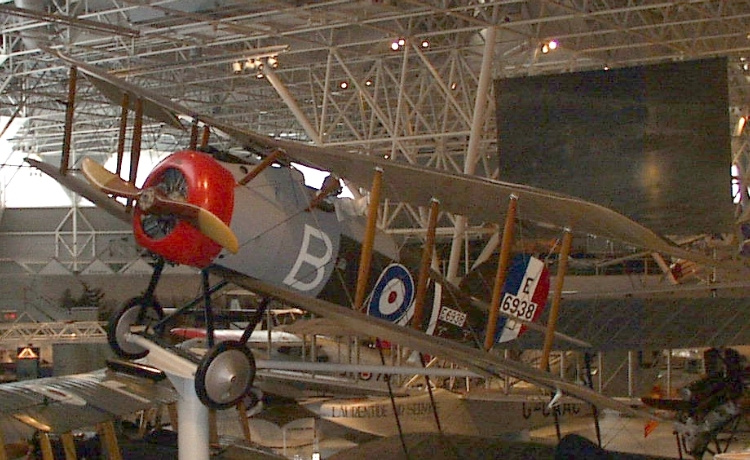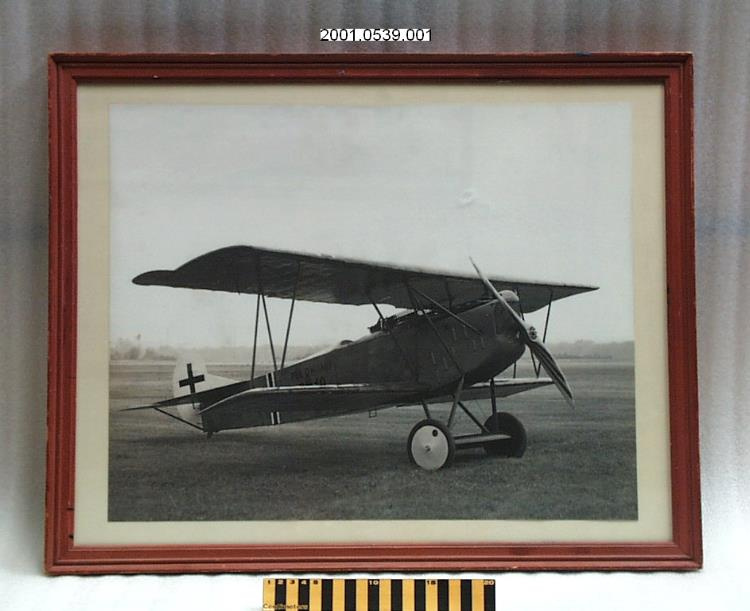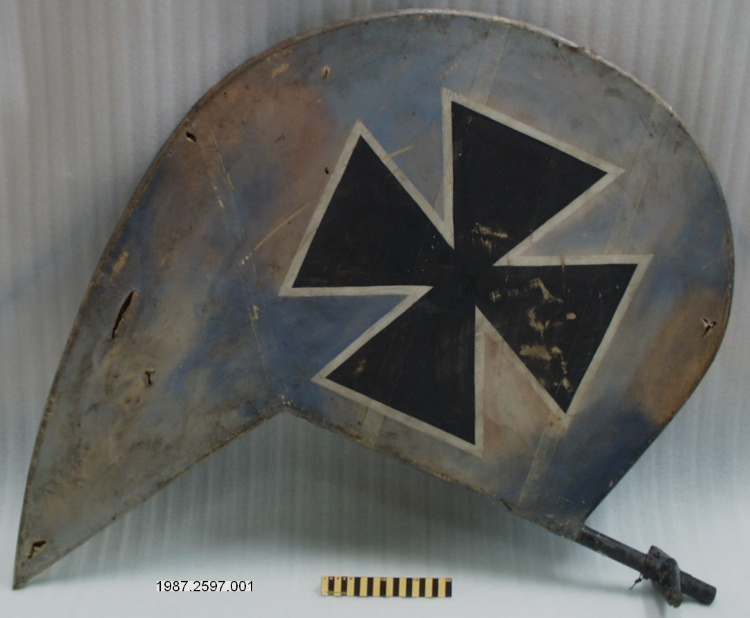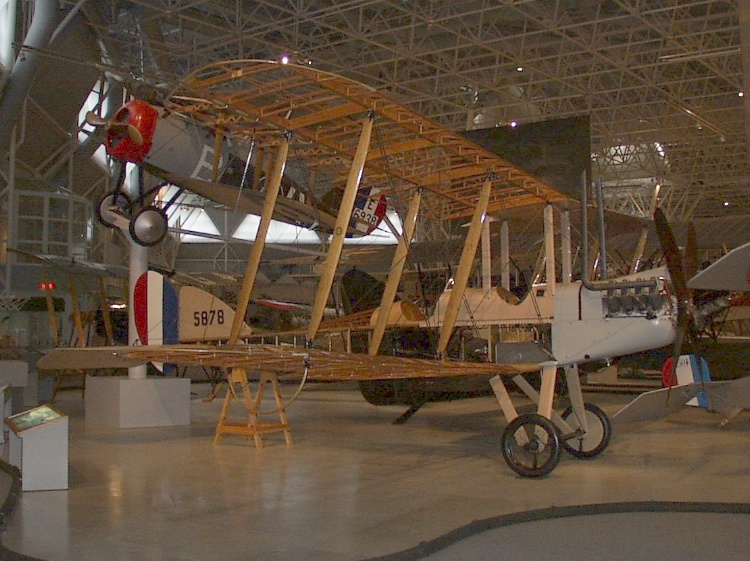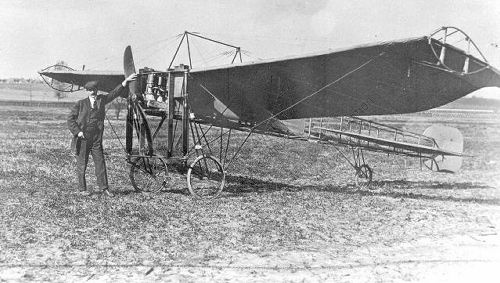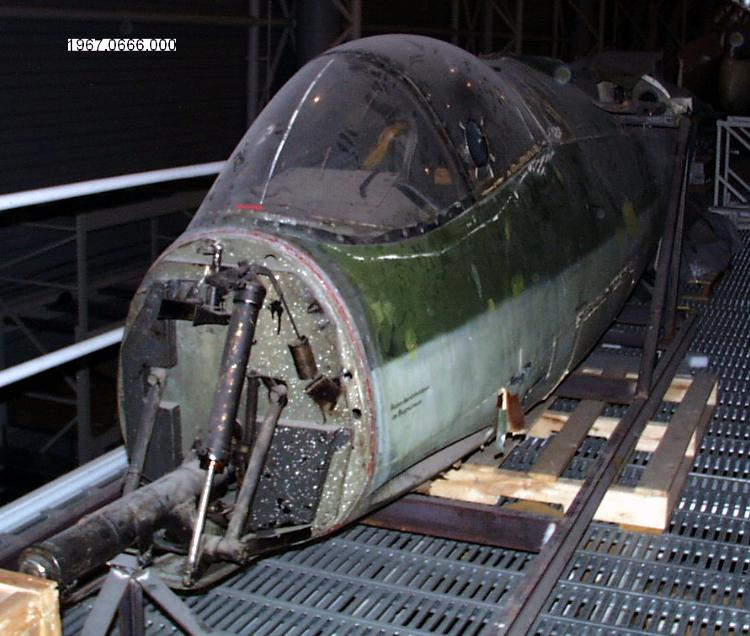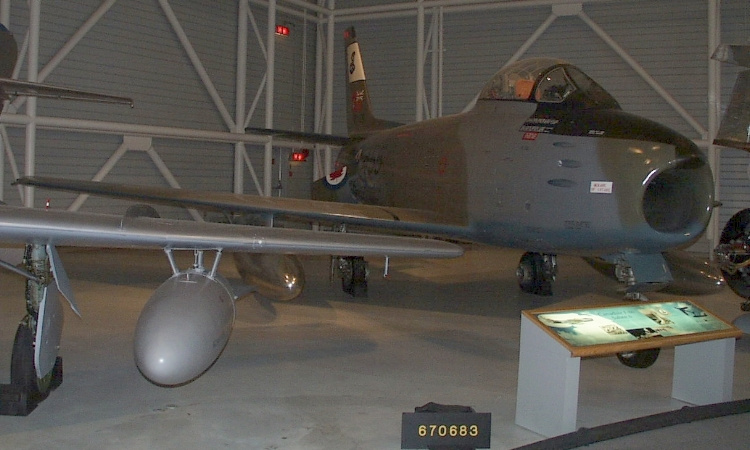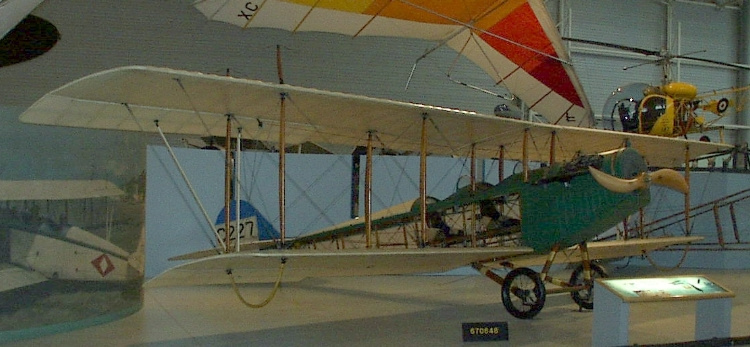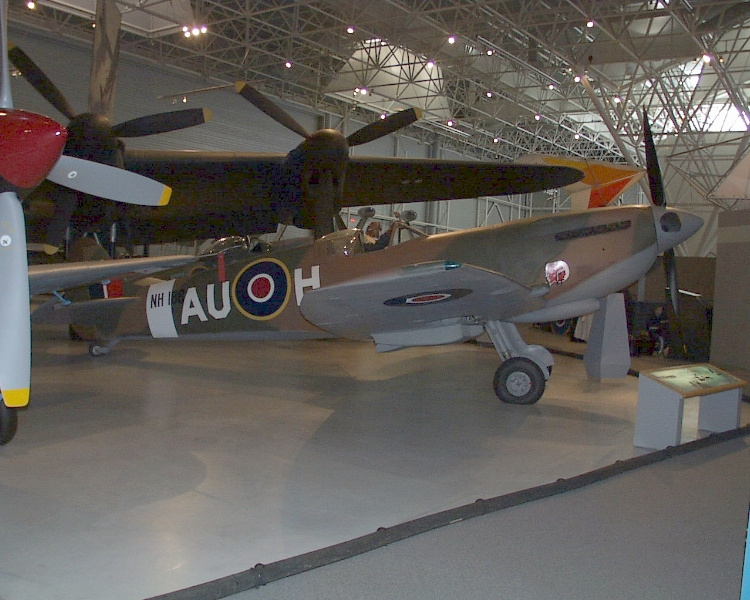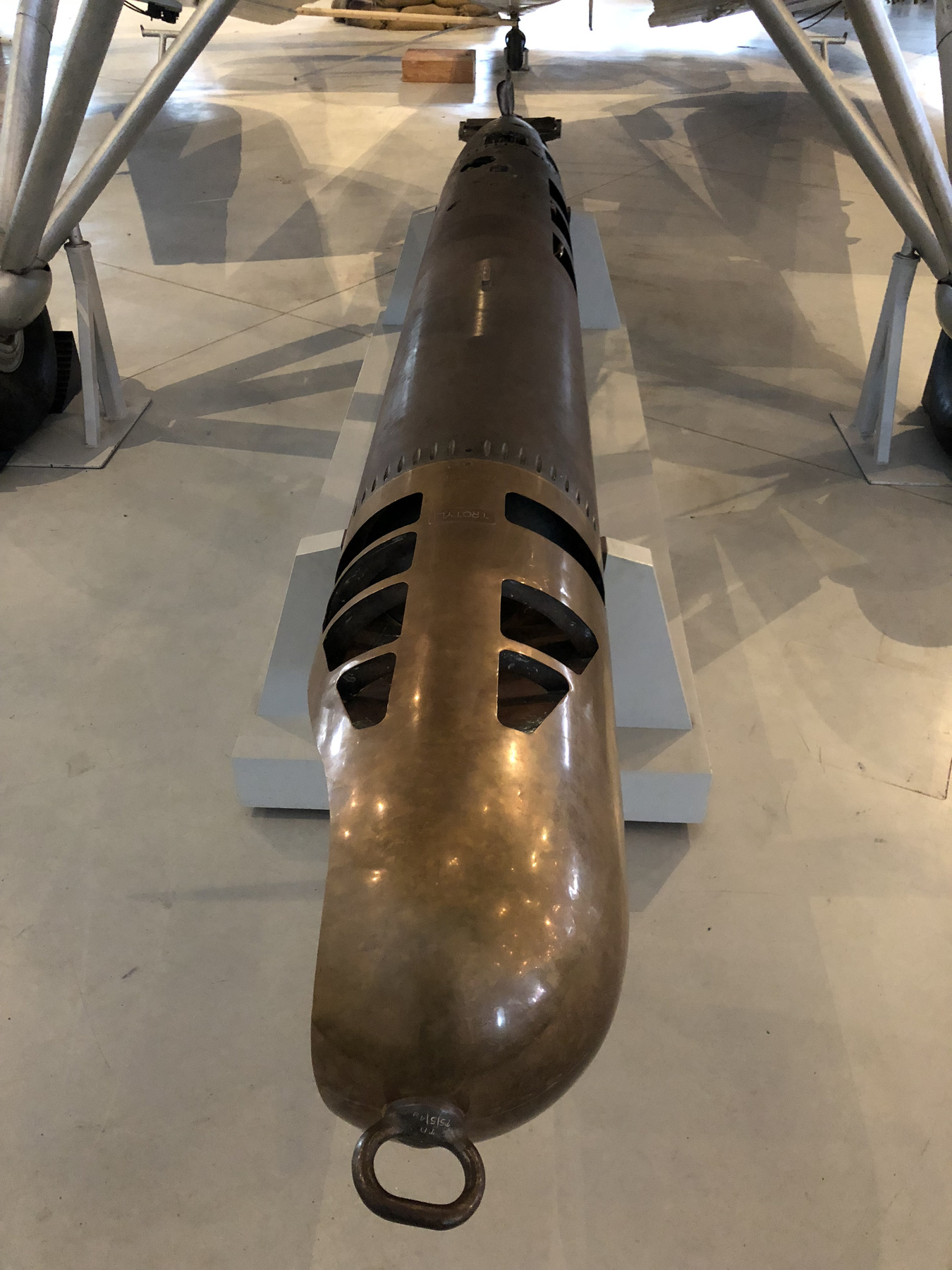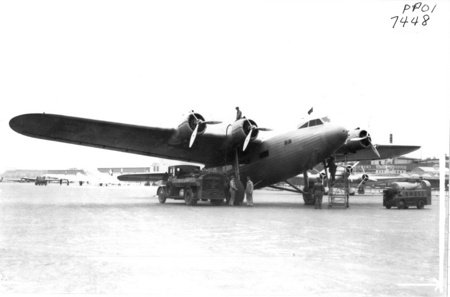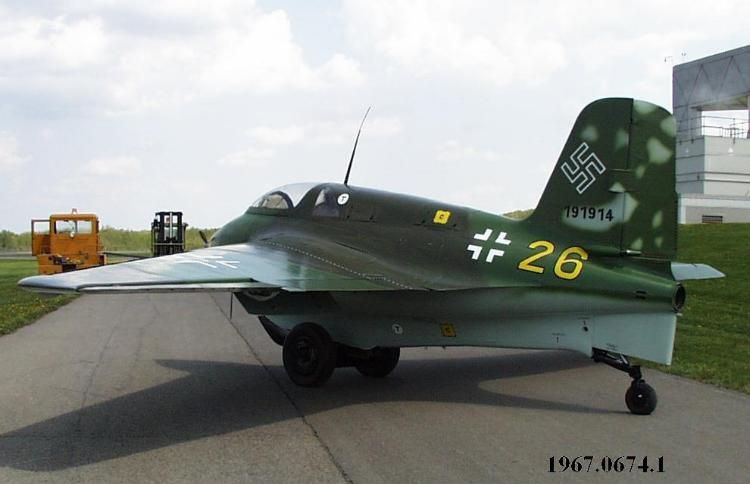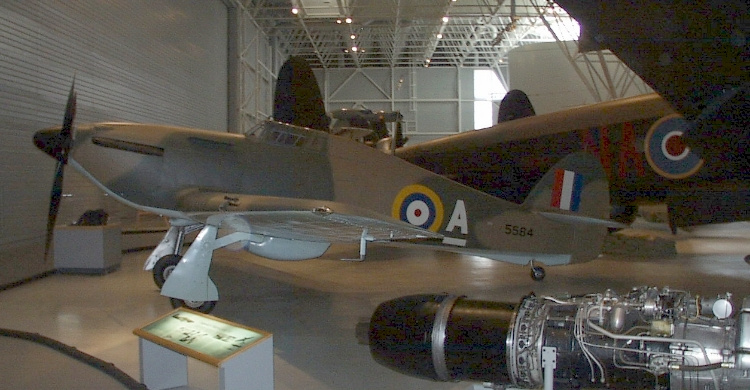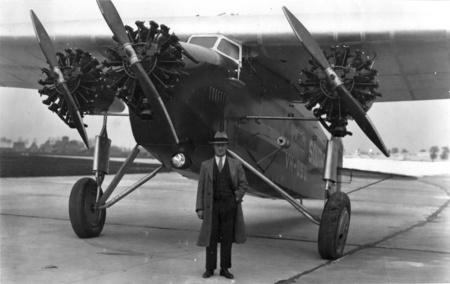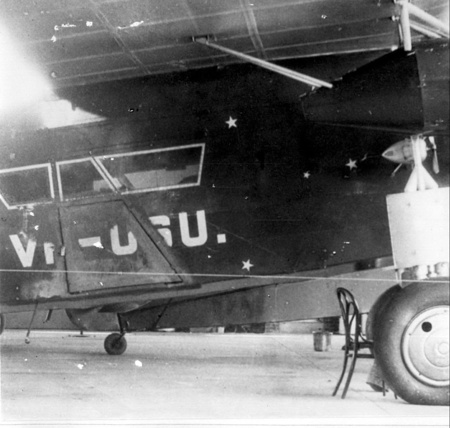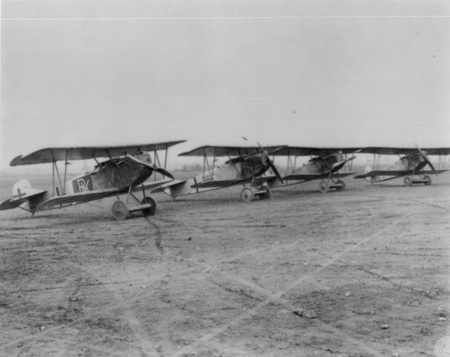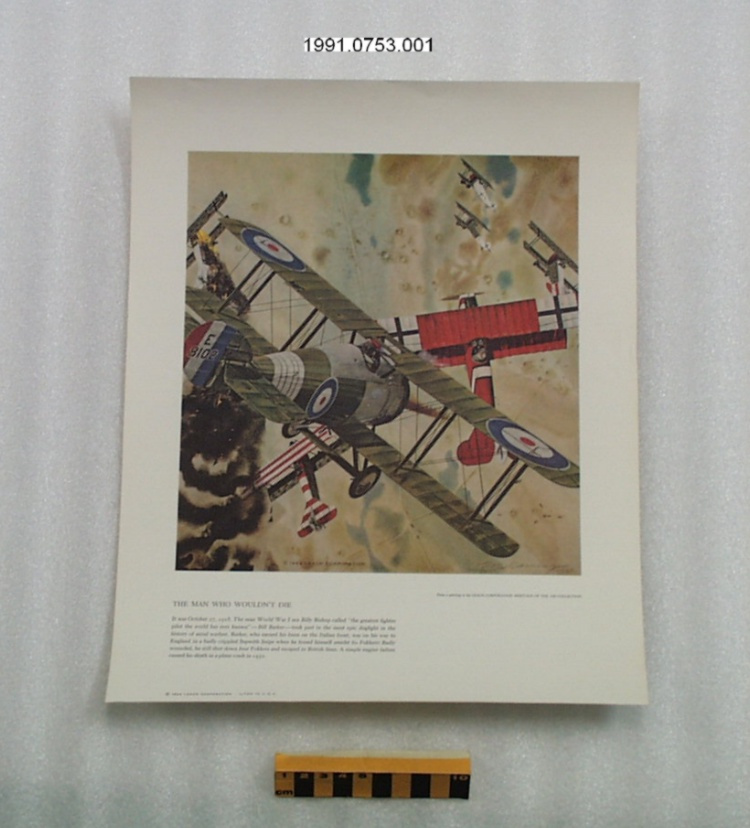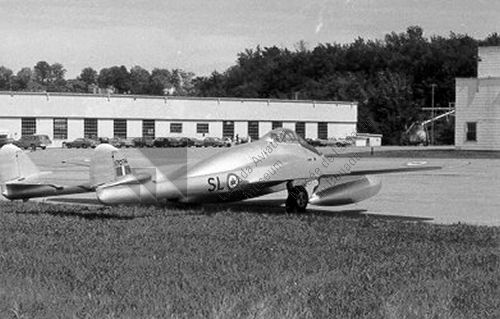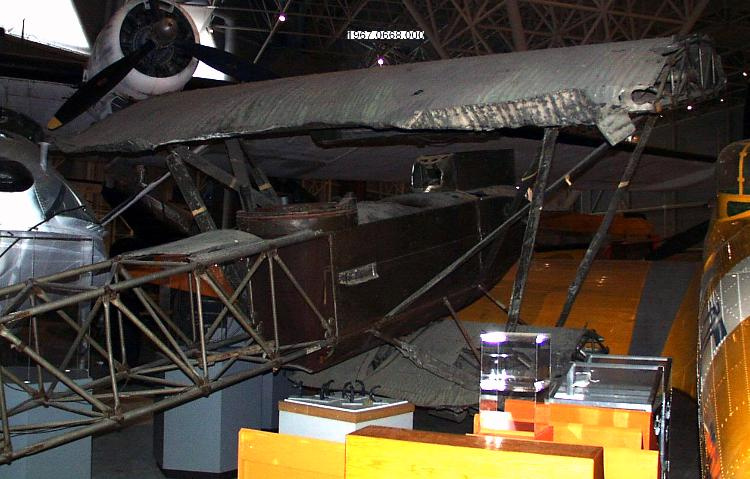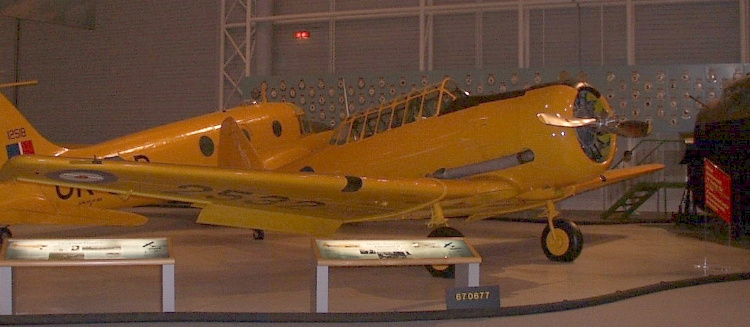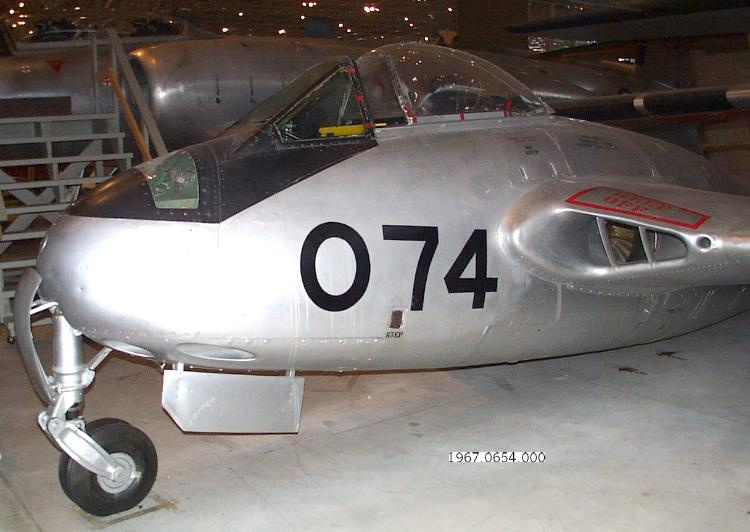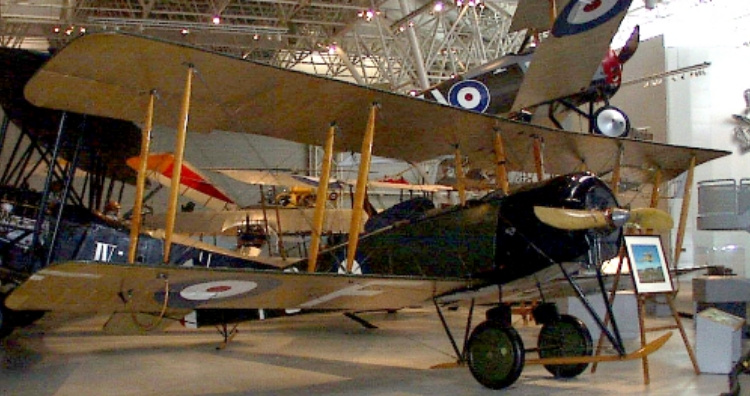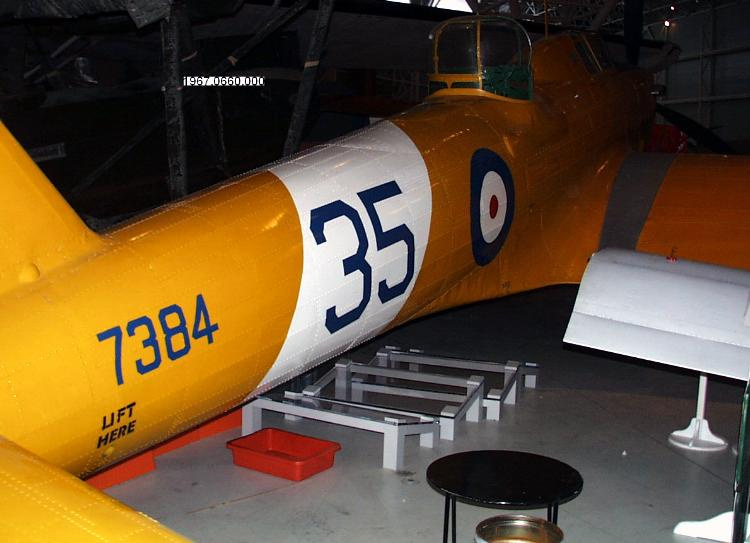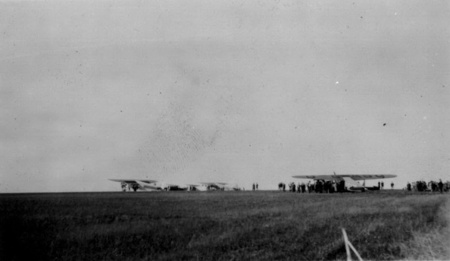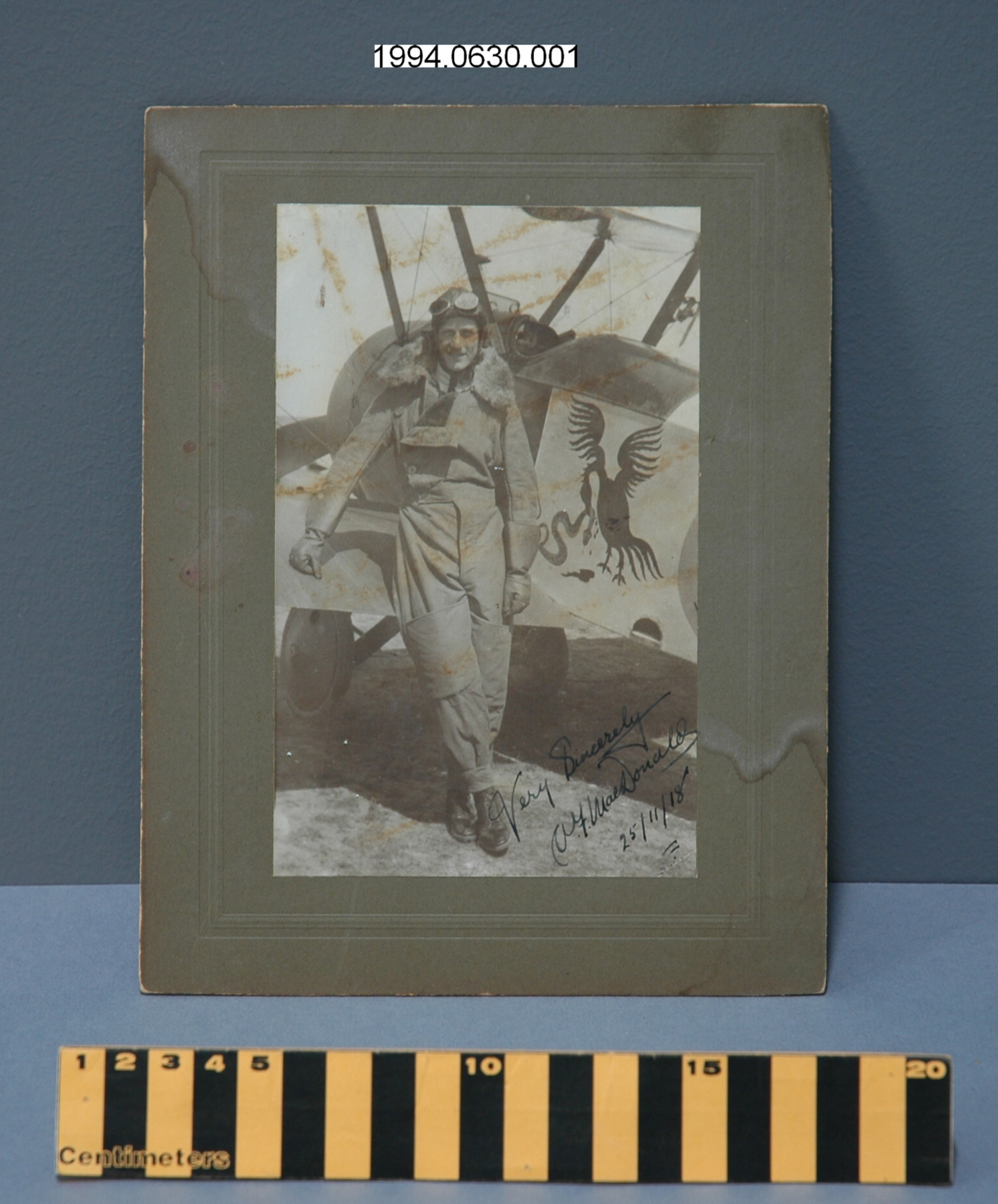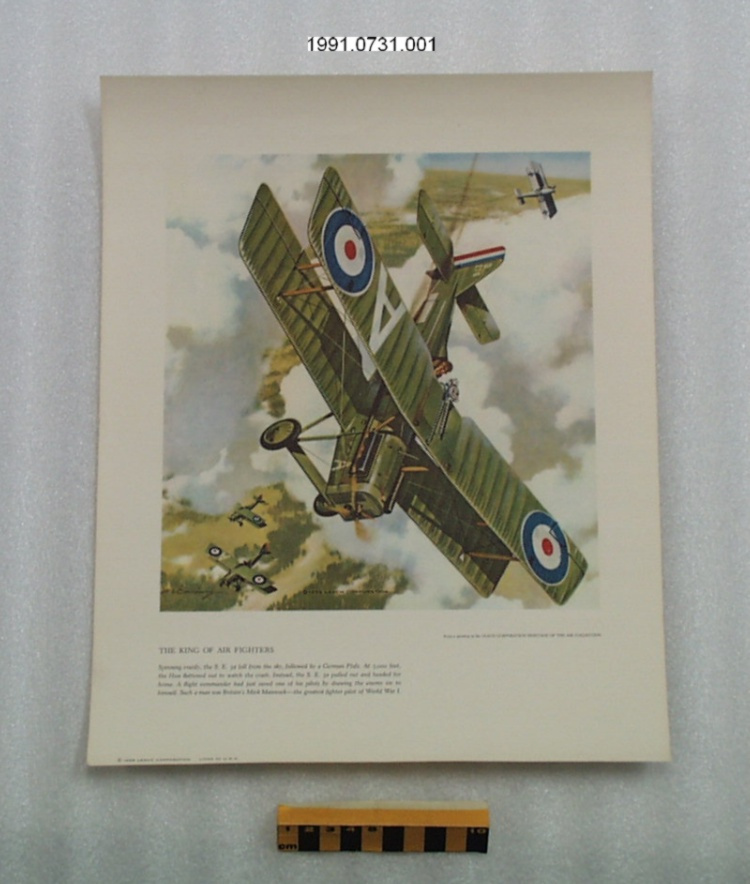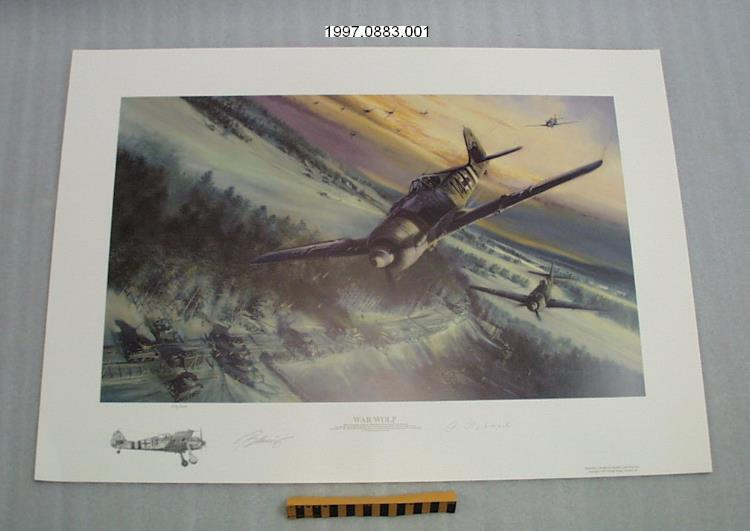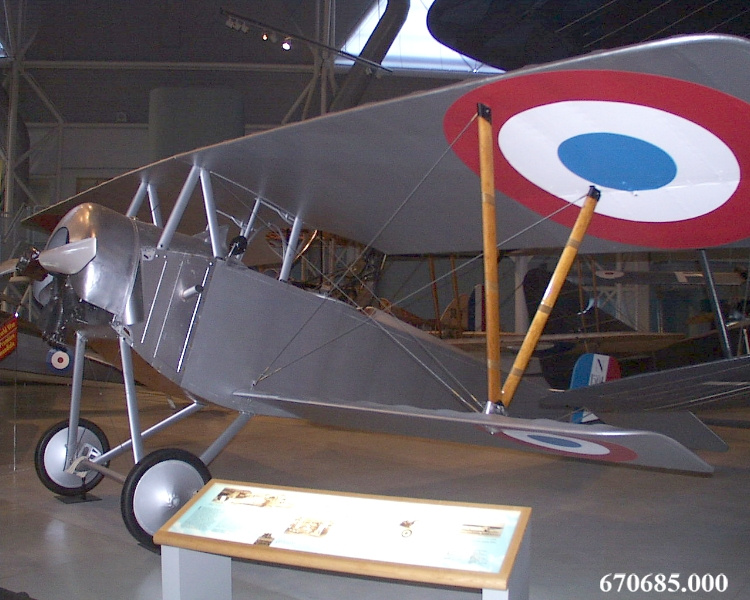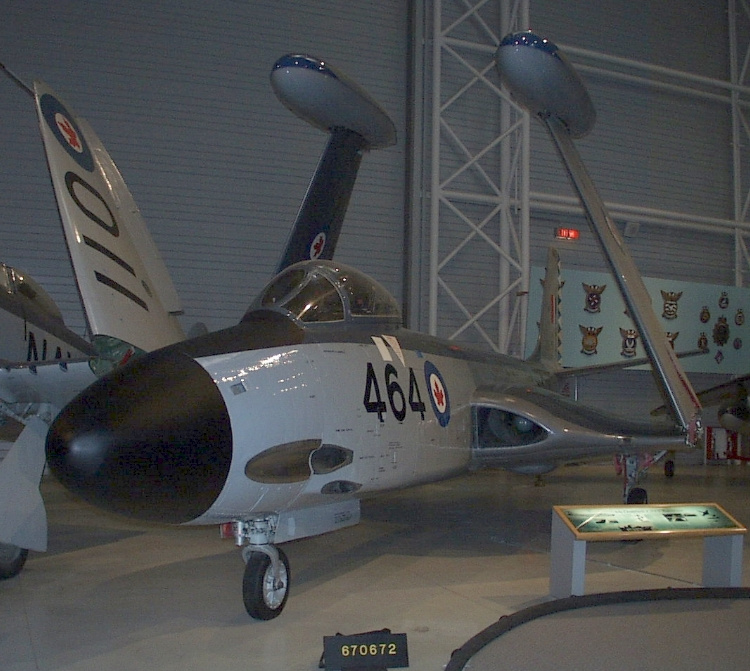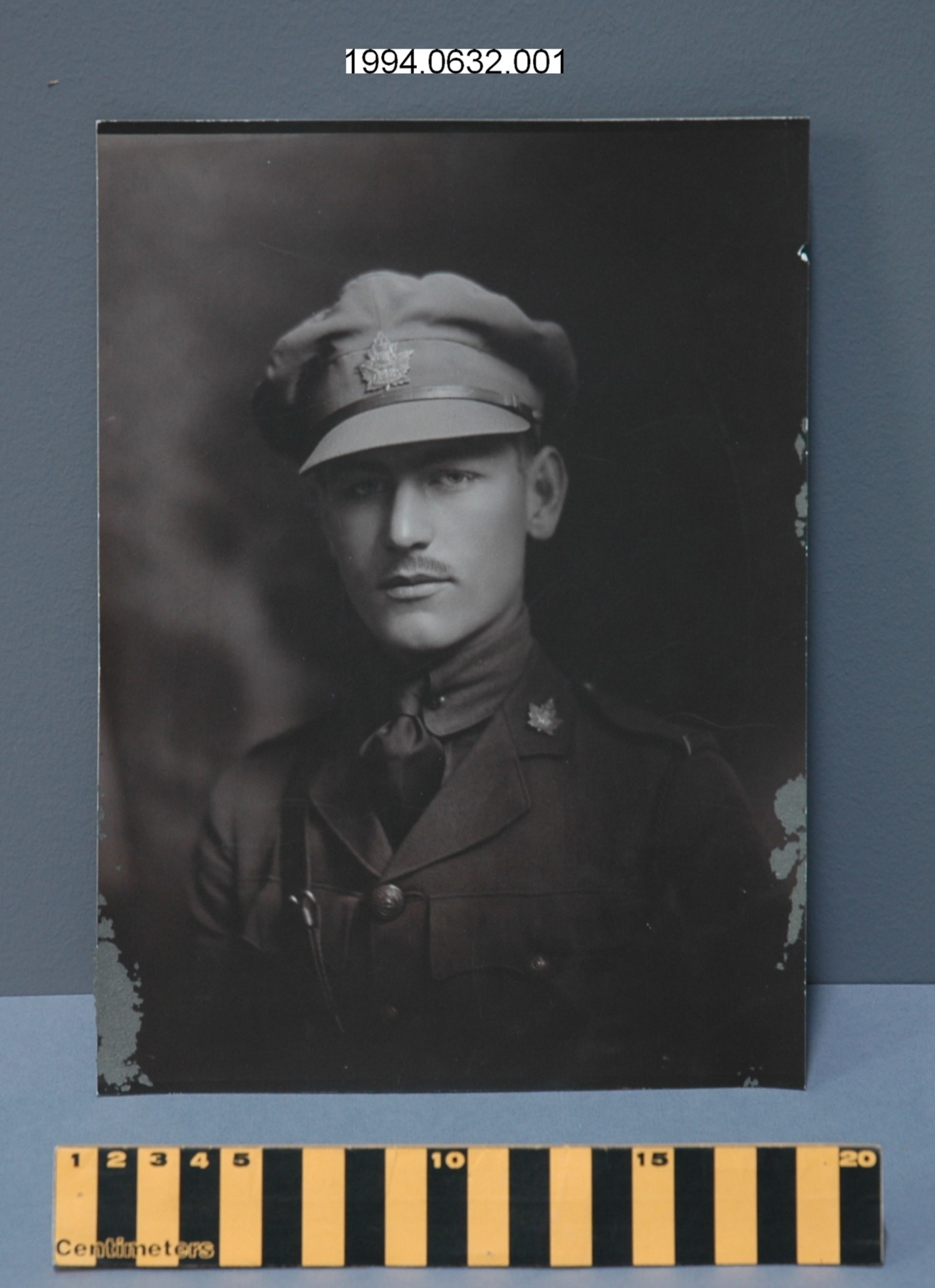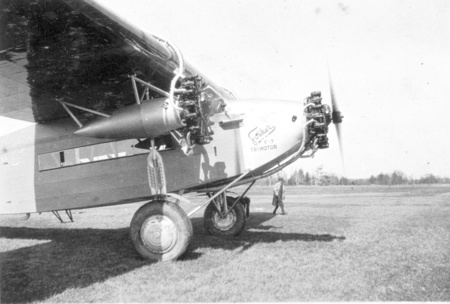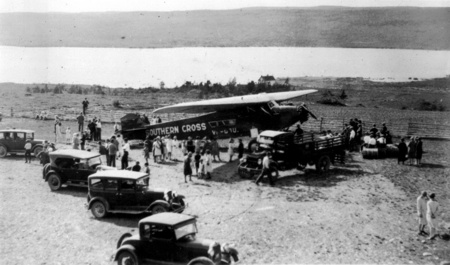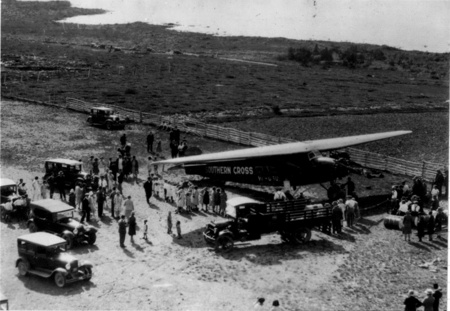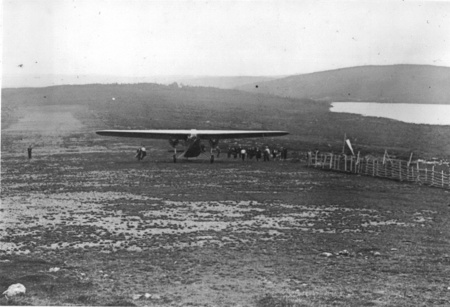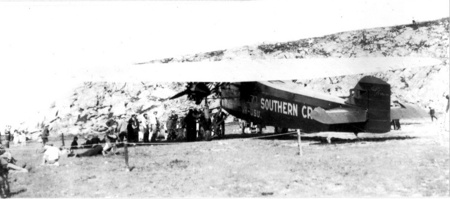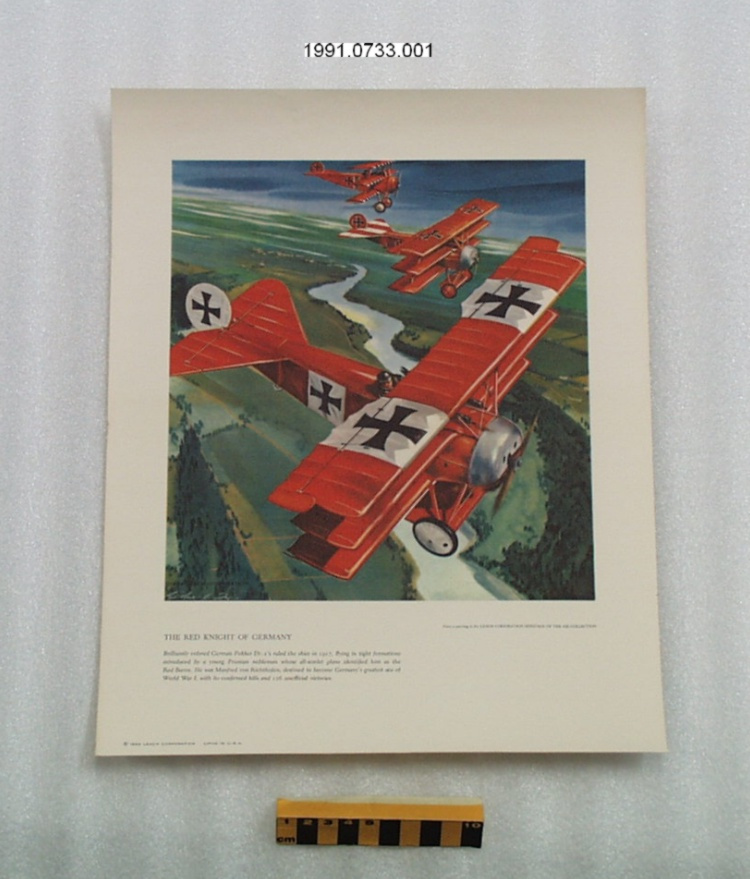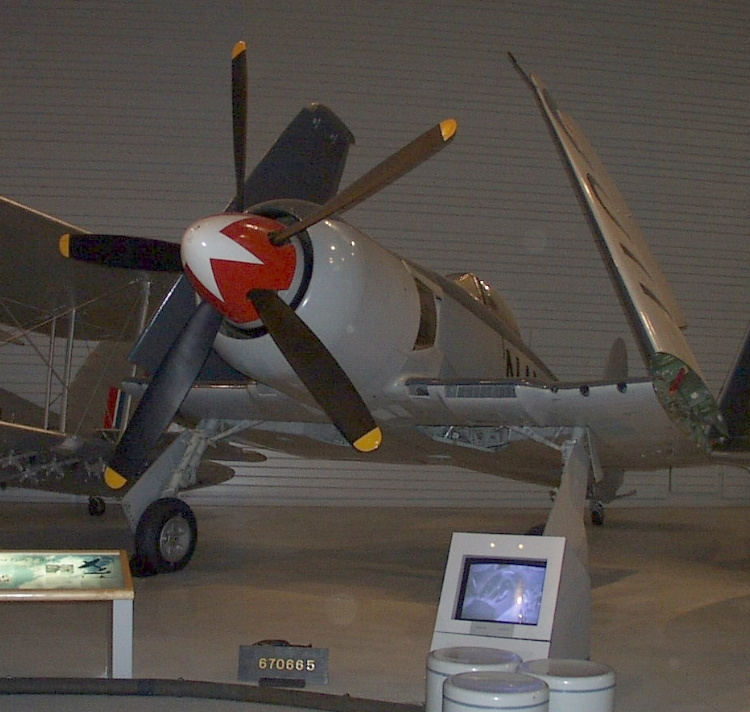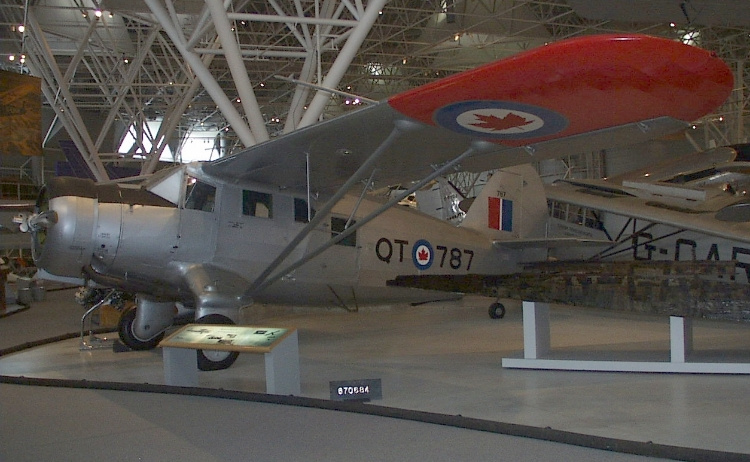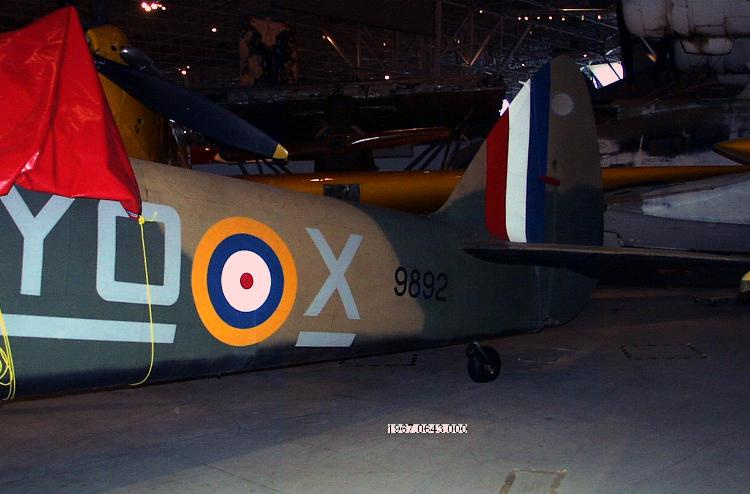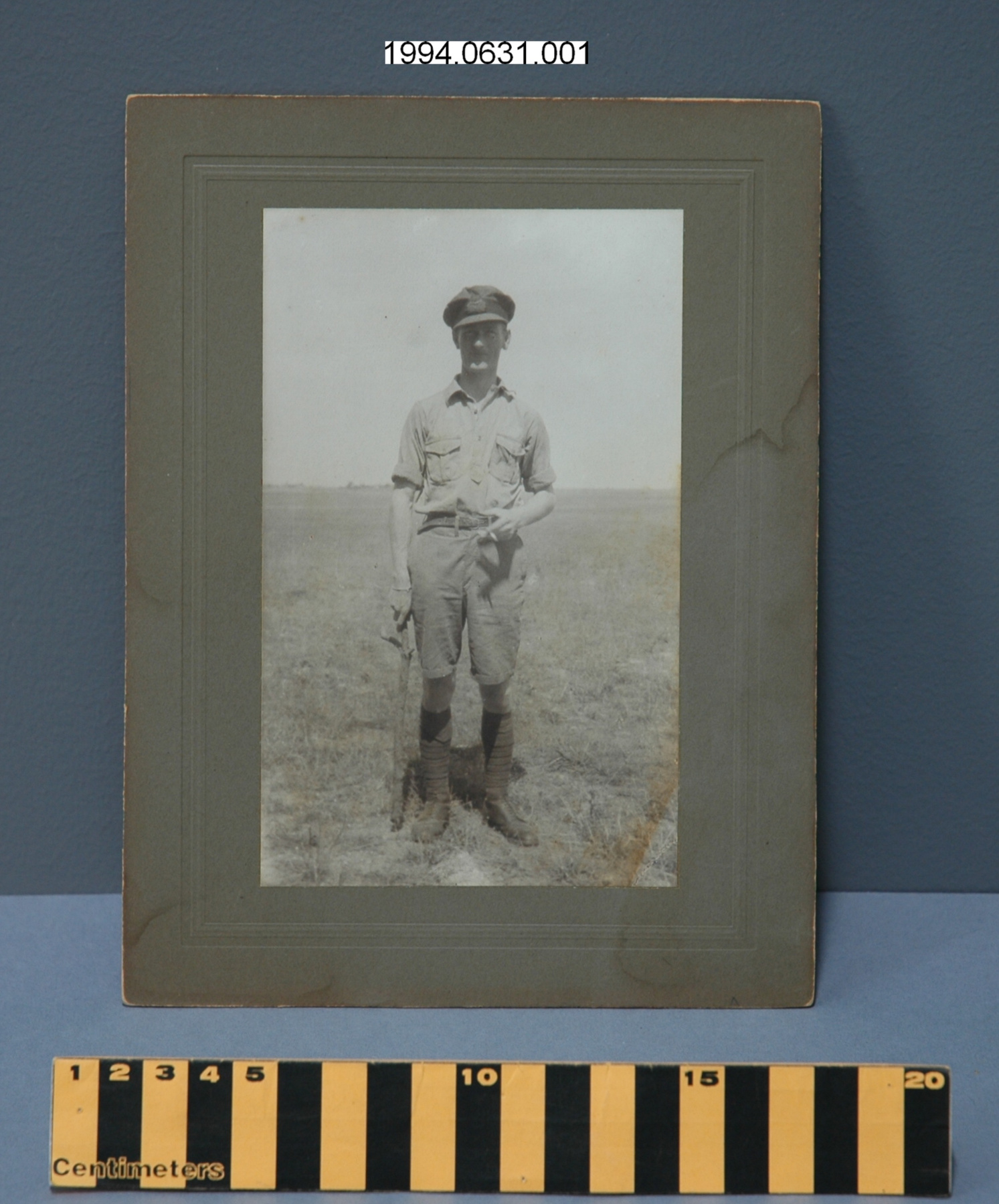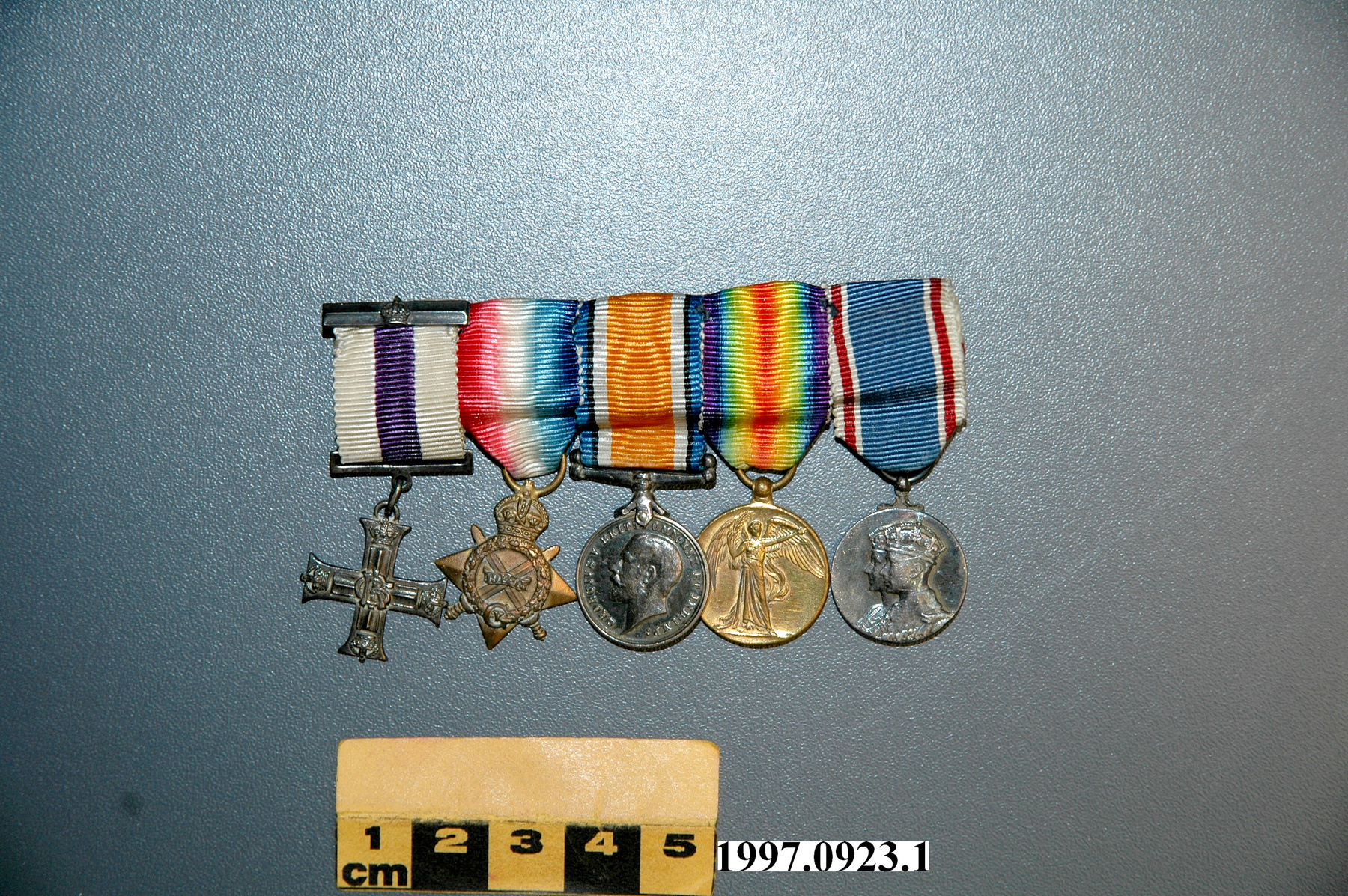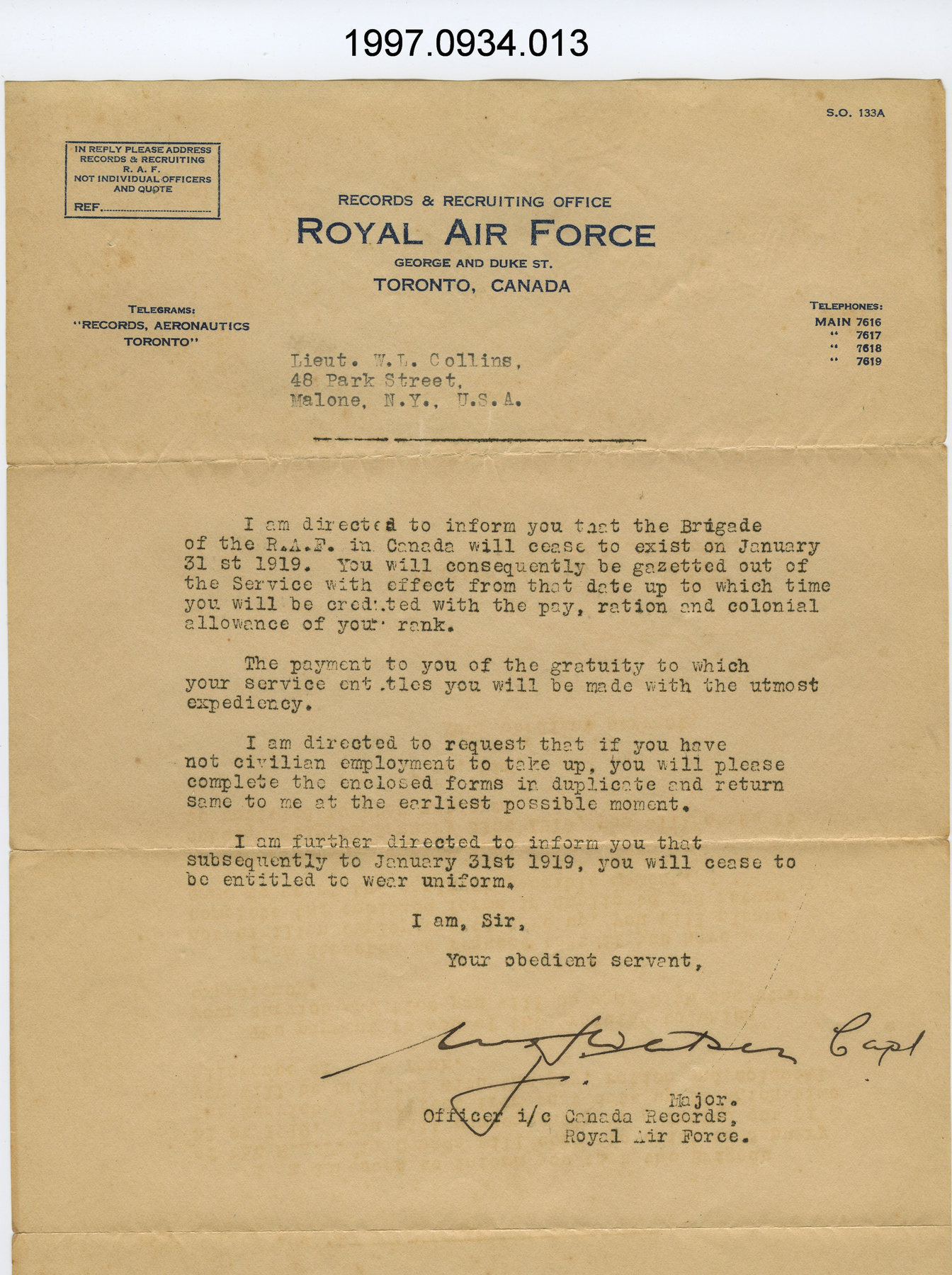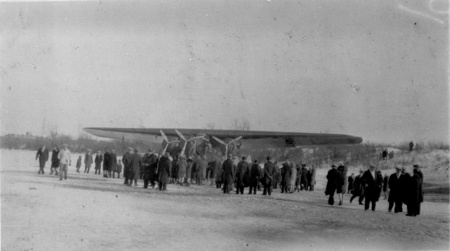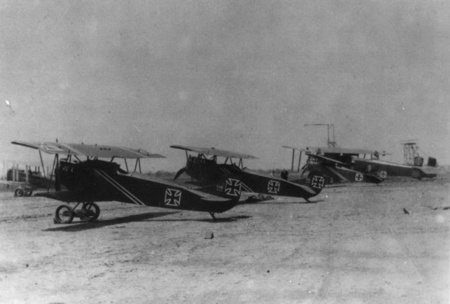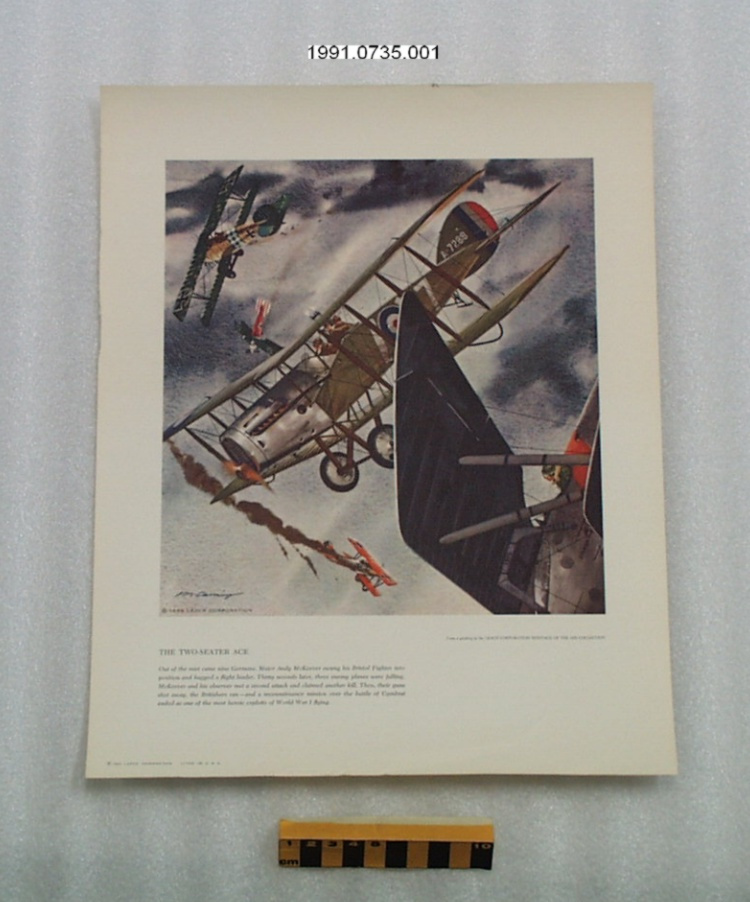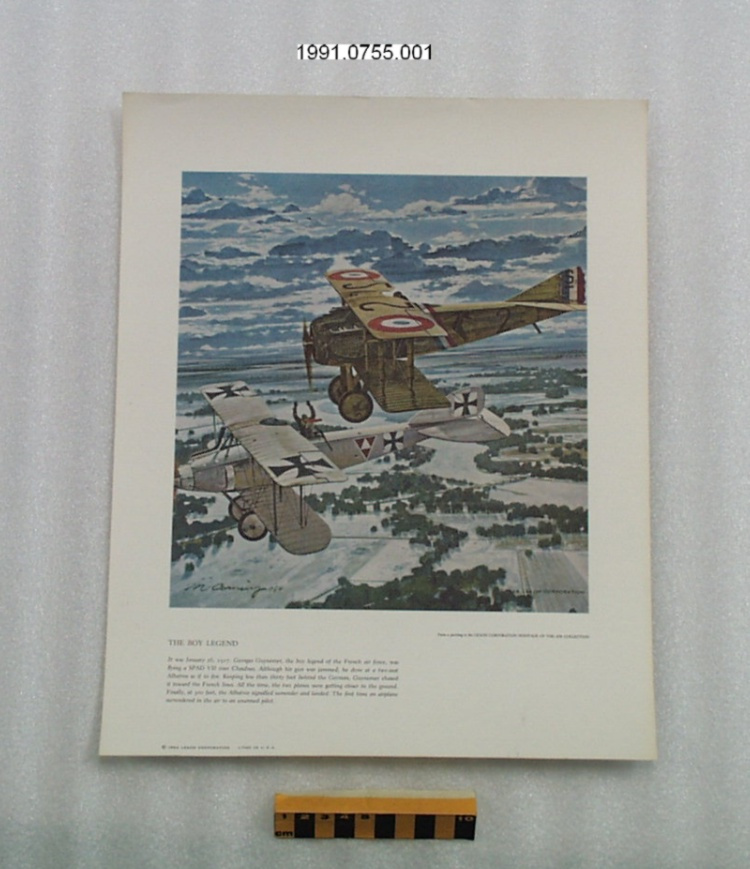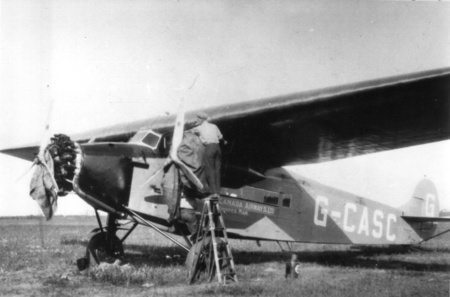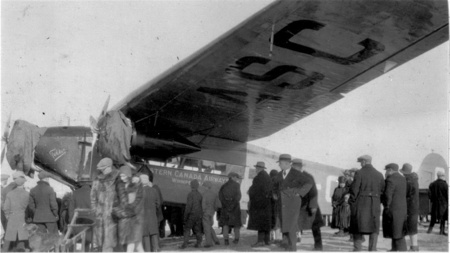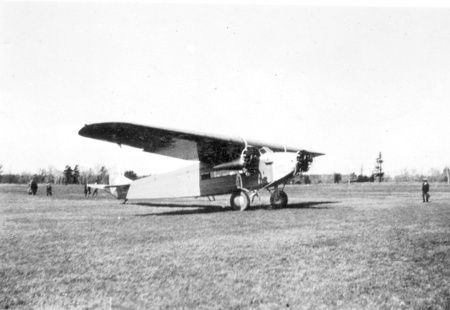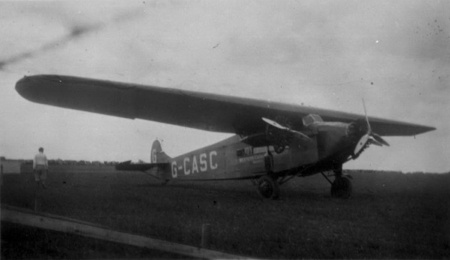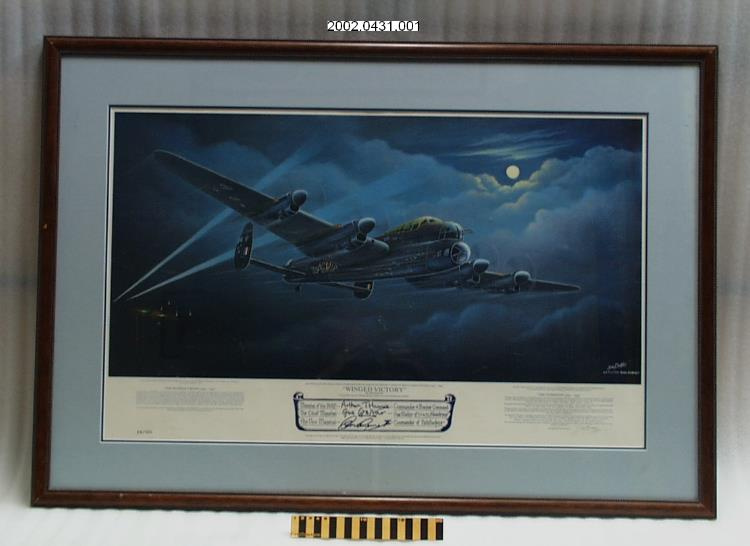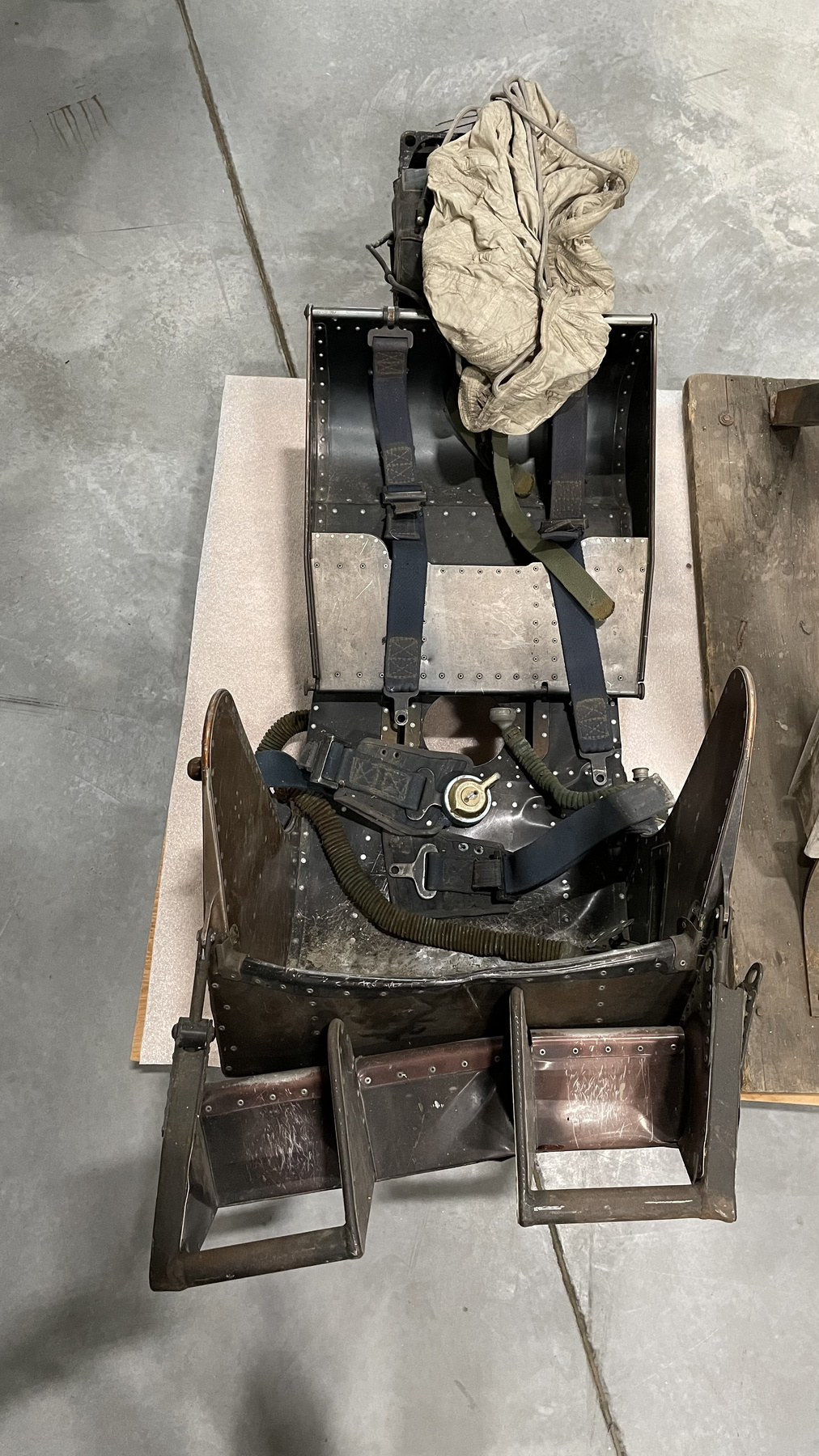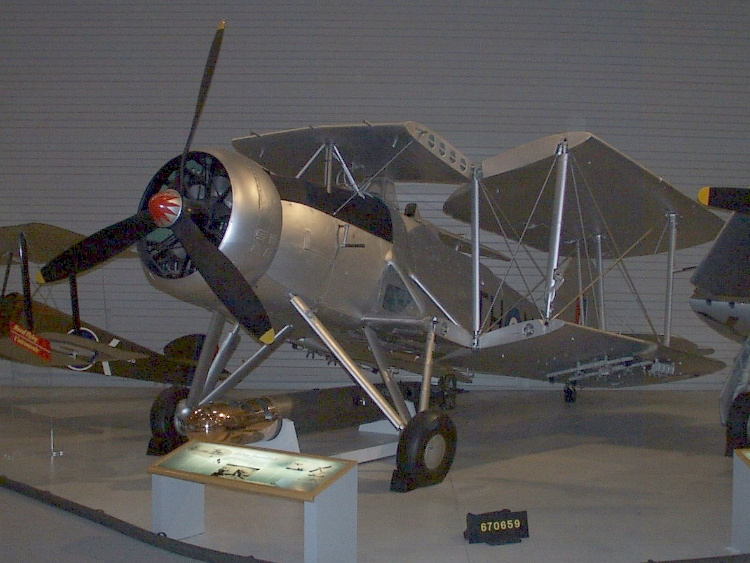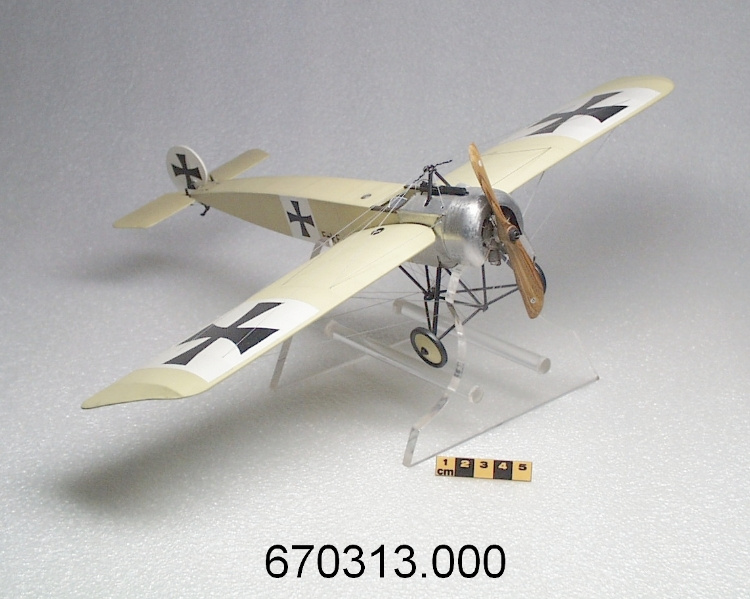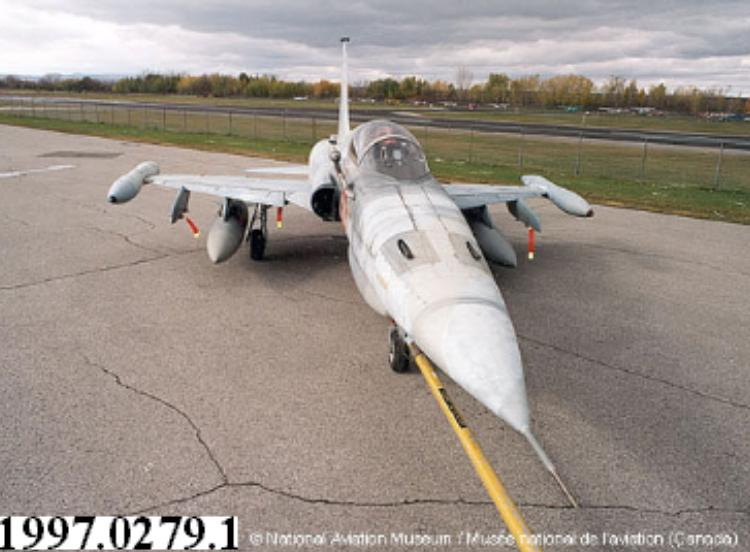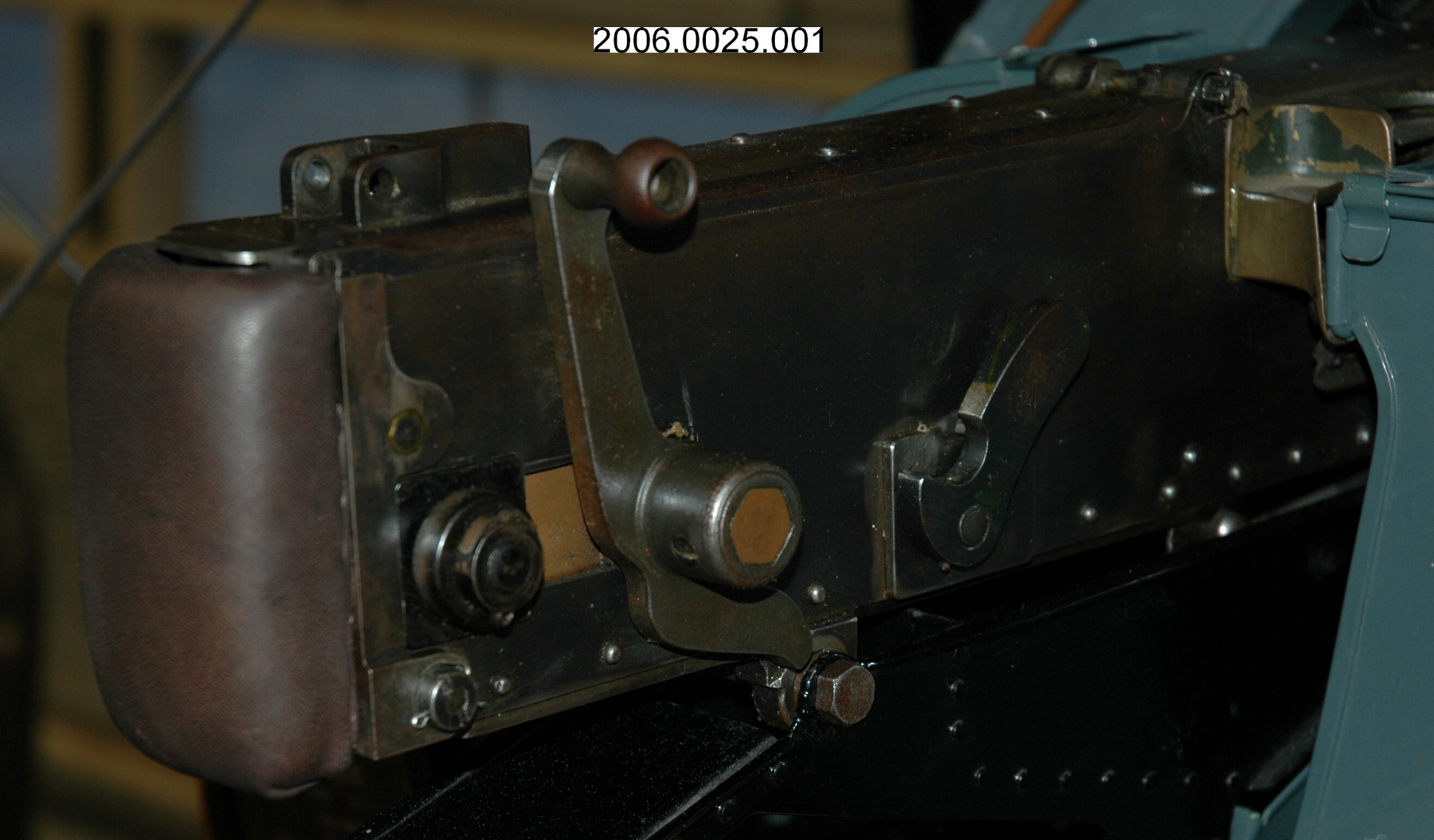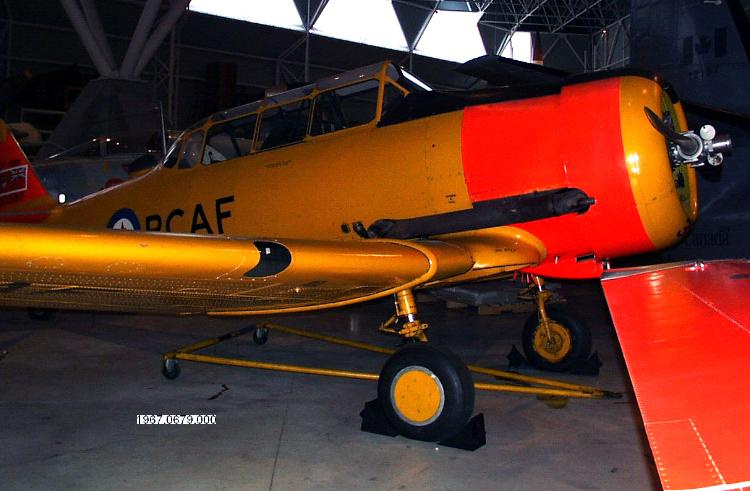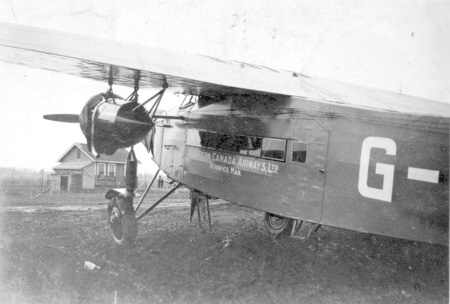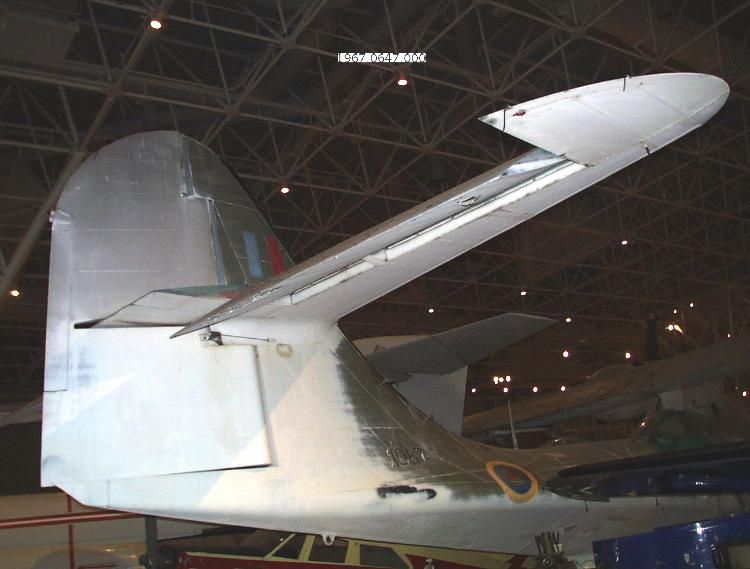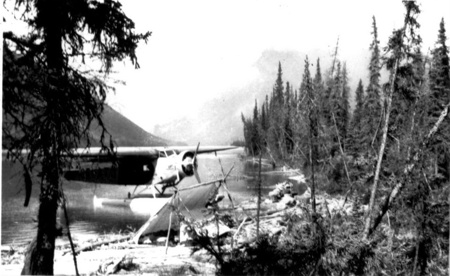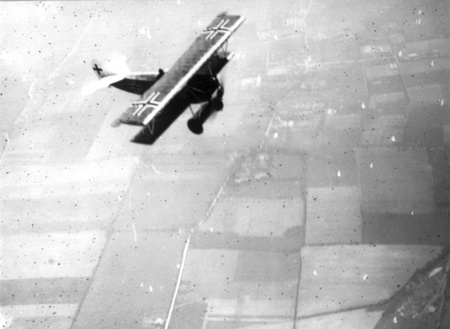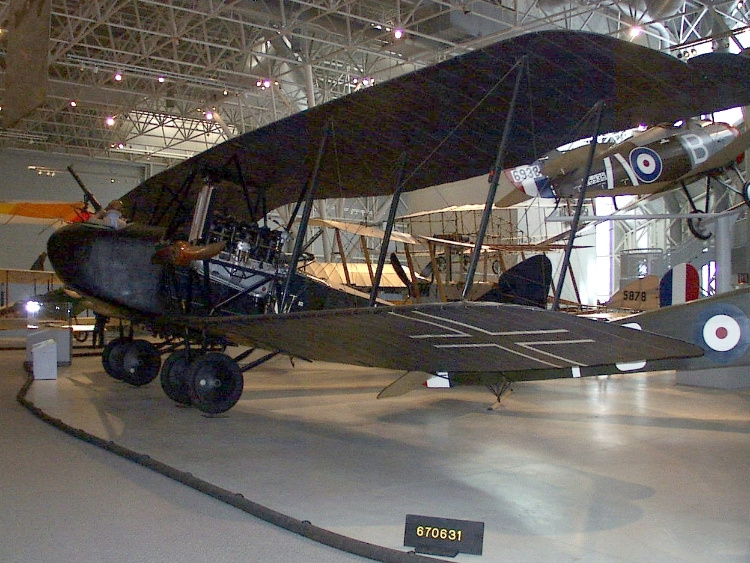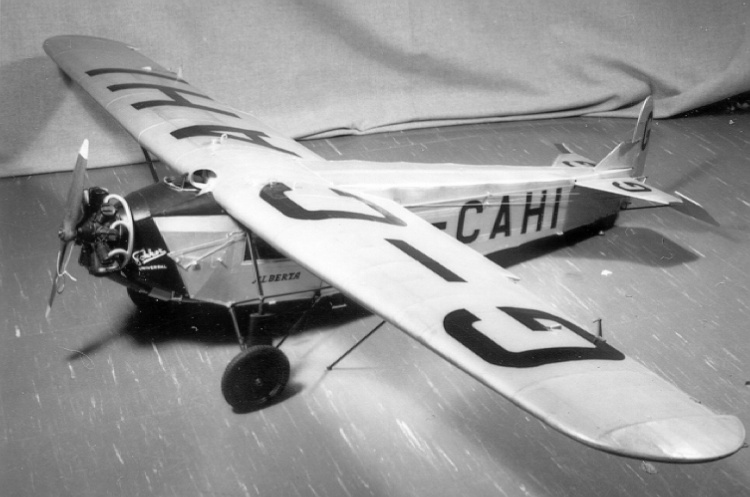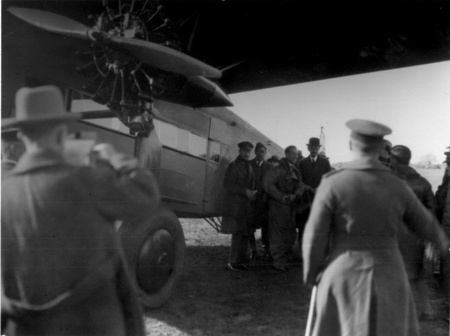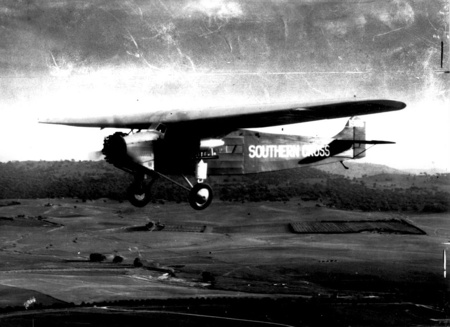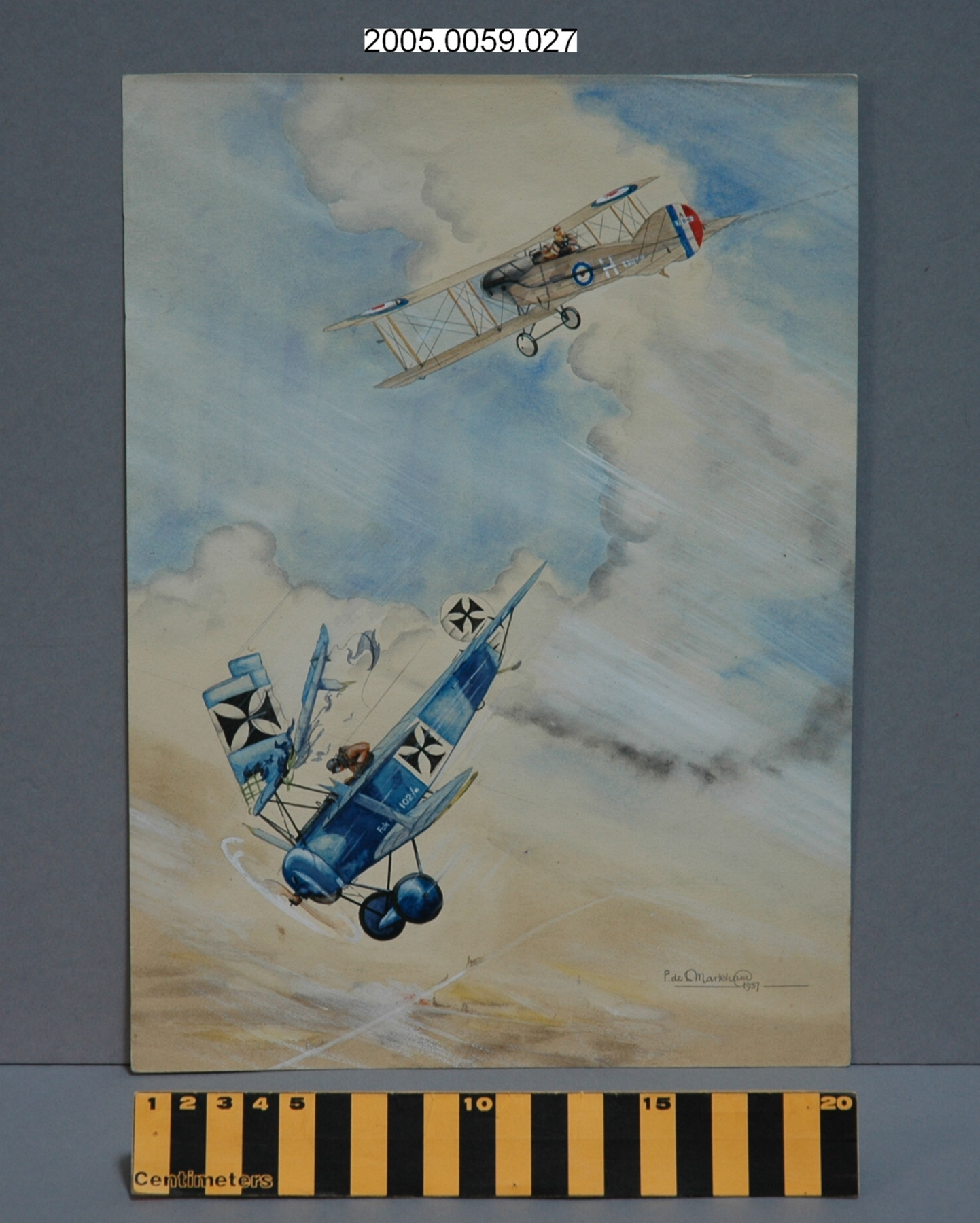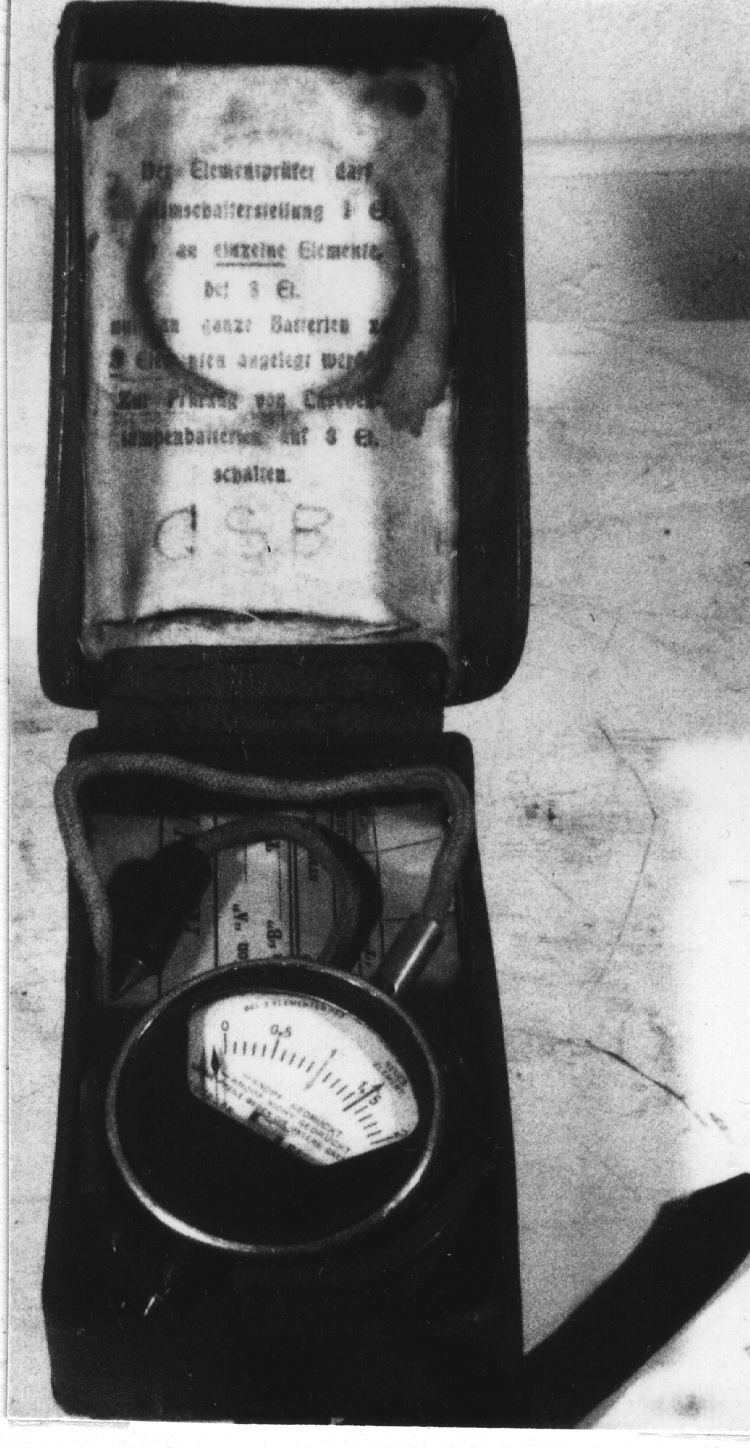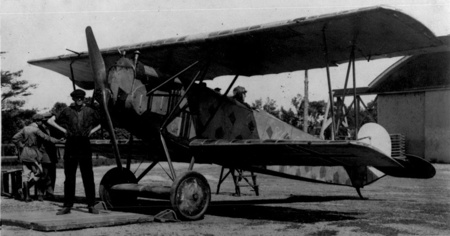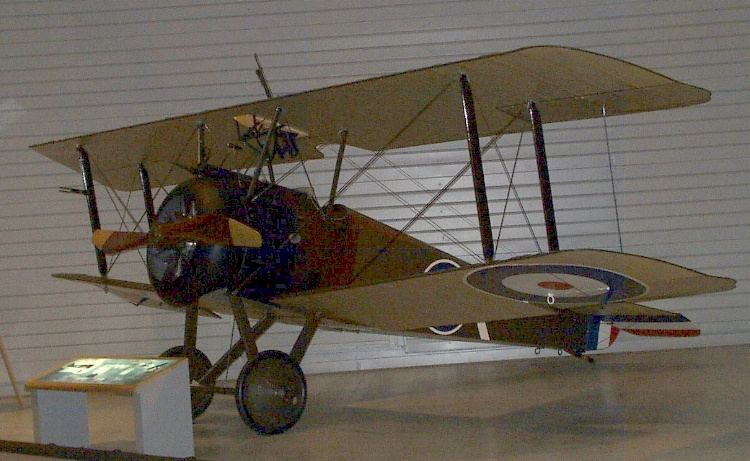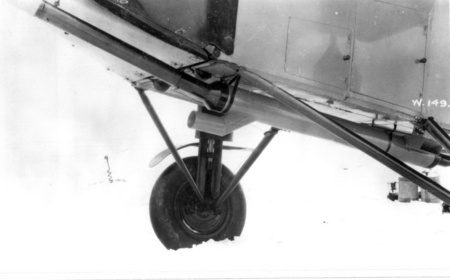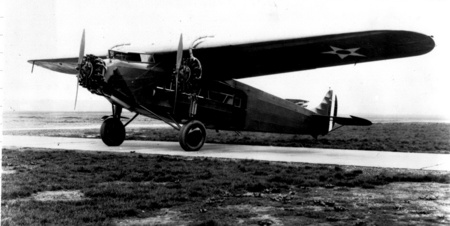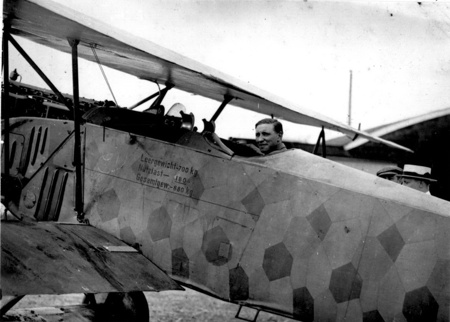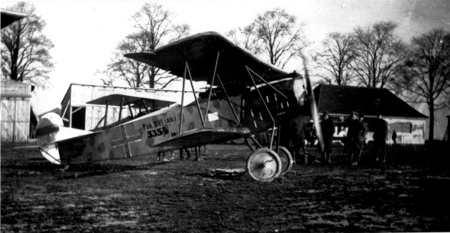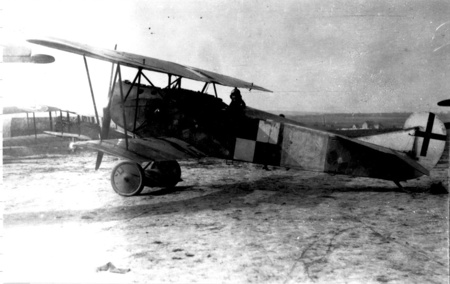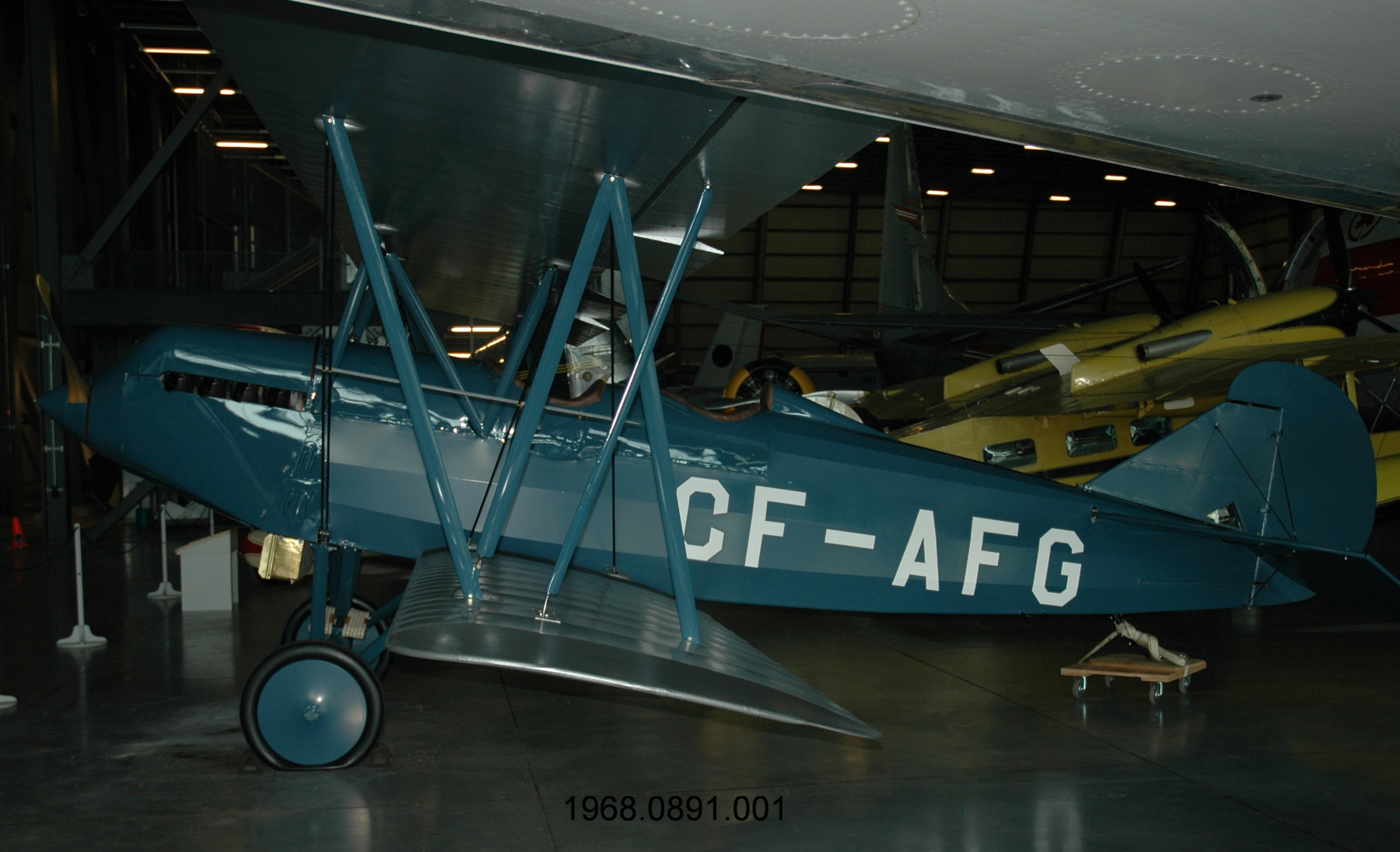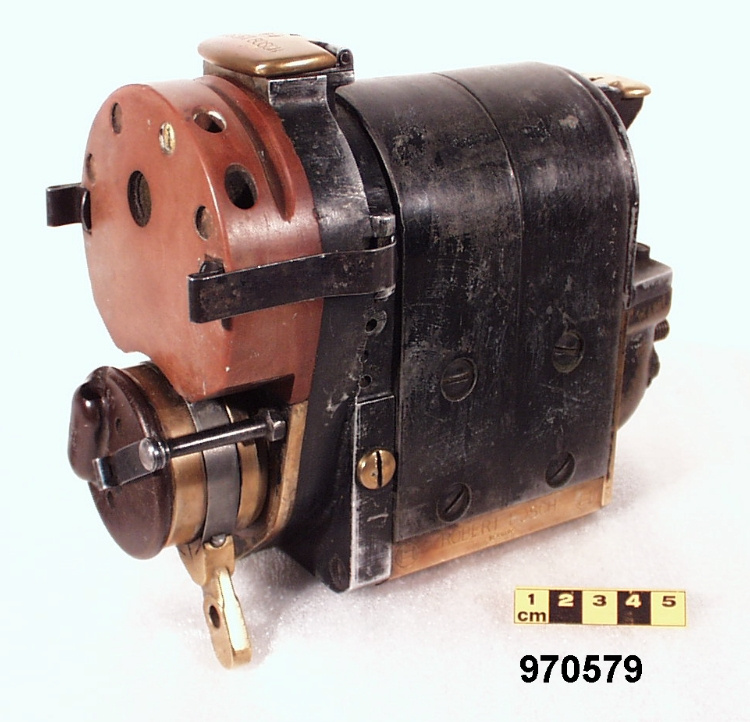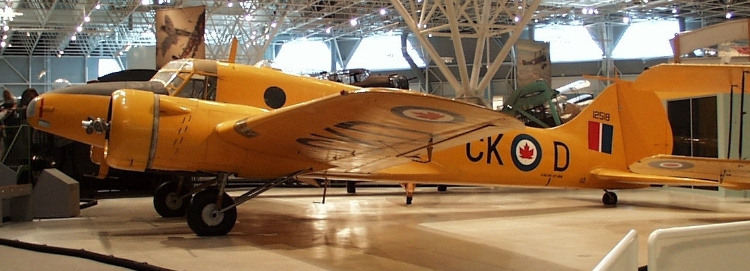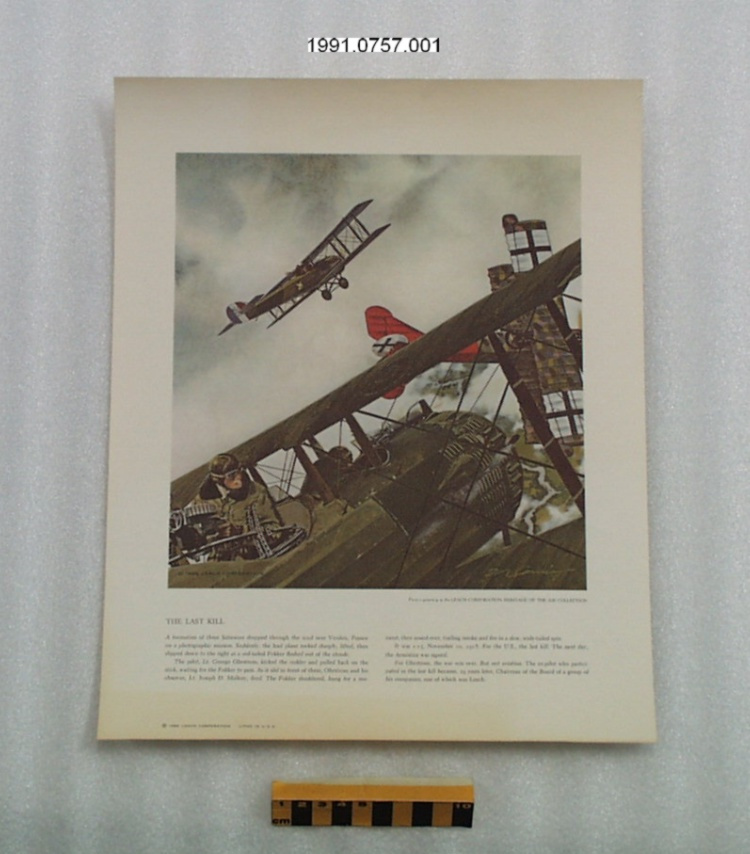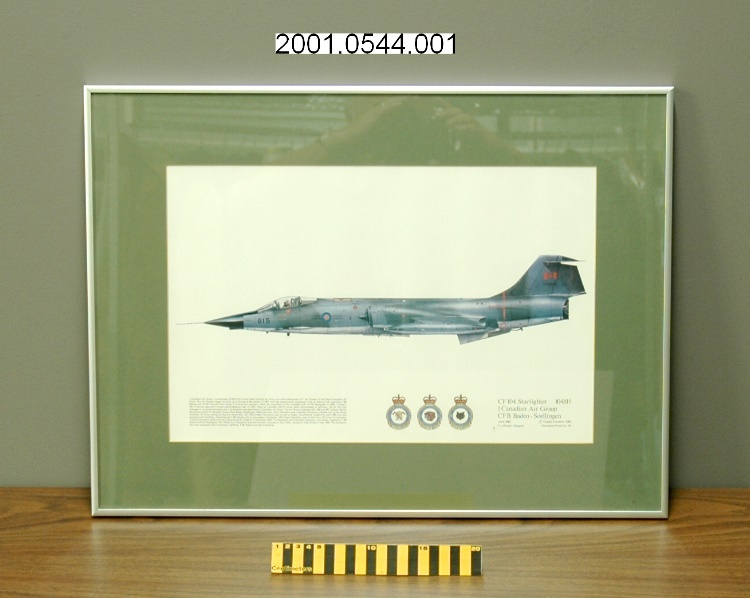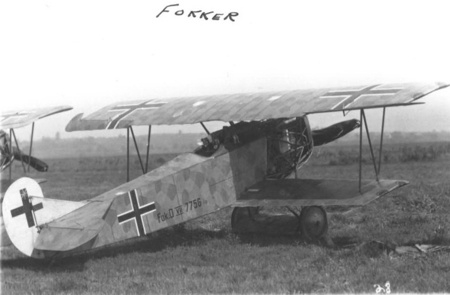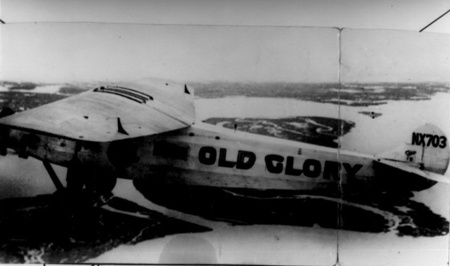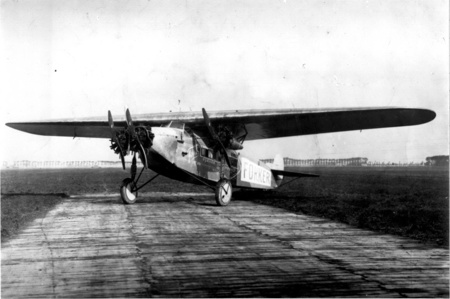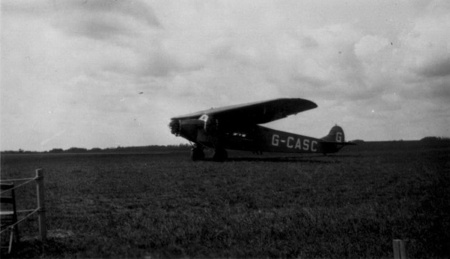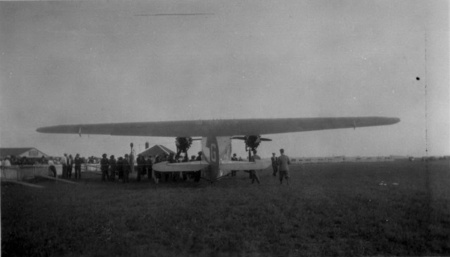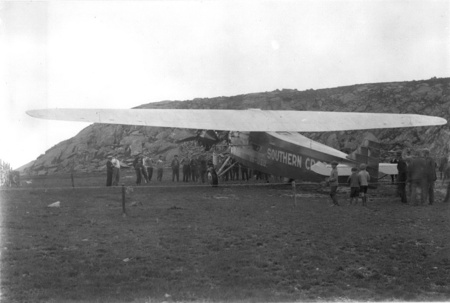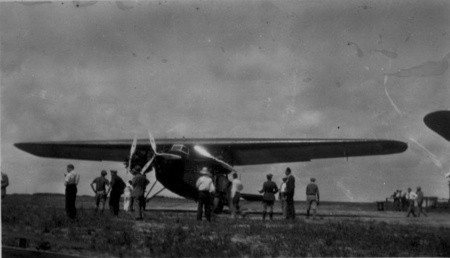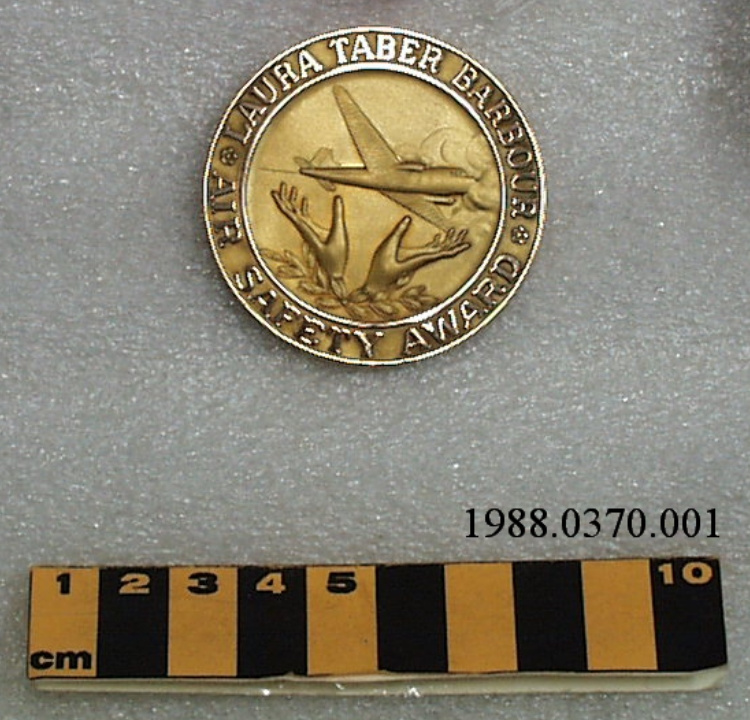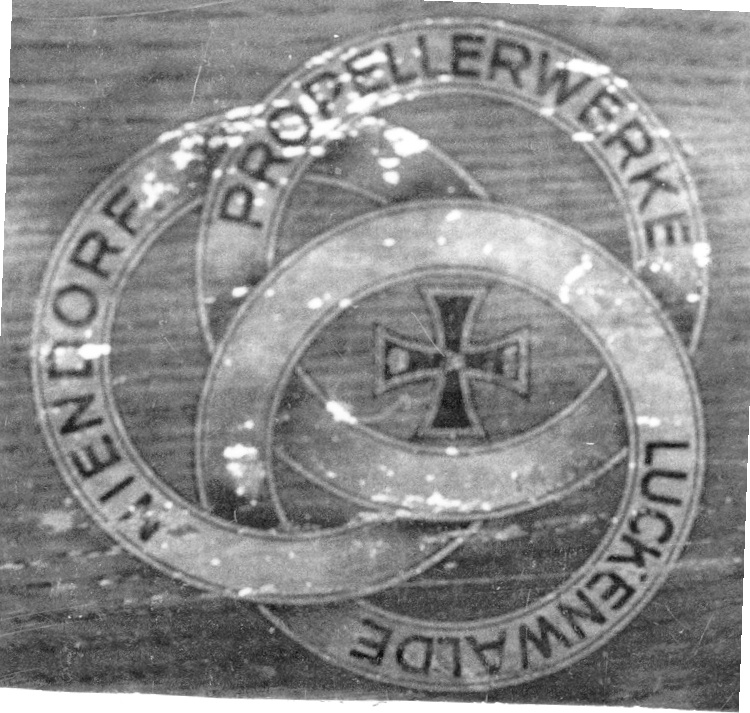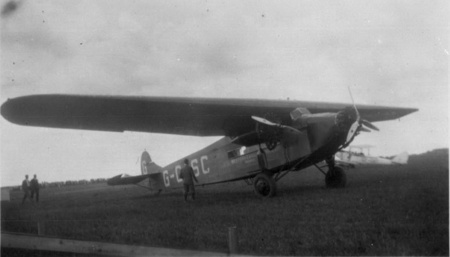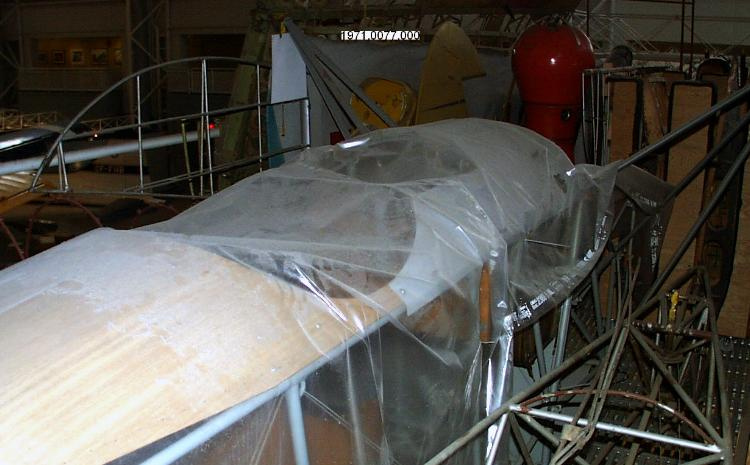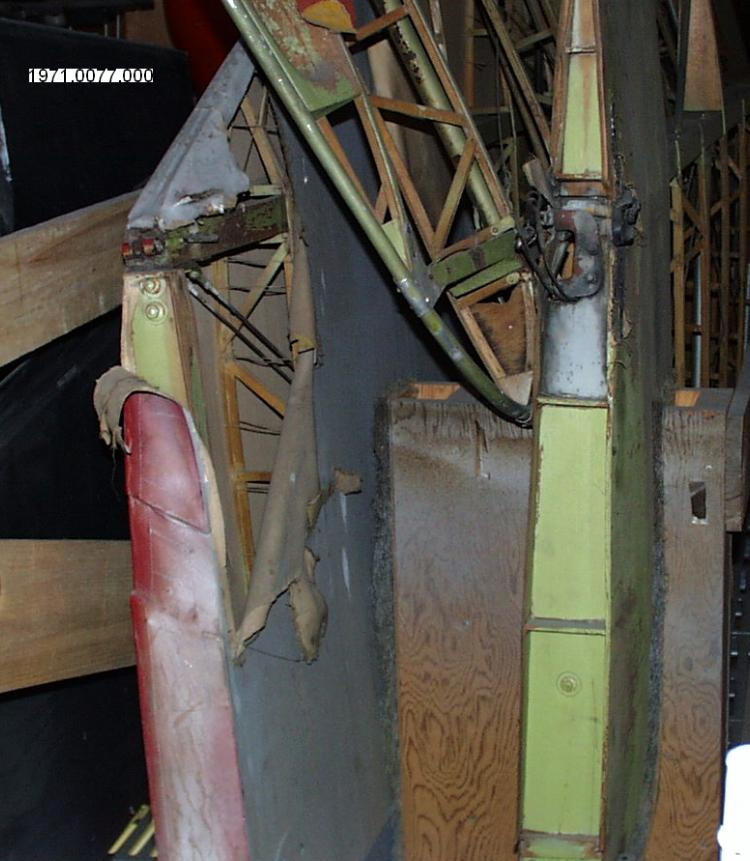Airplane
Use this image
Can I reuse this image without permission? Yes
Object images on the Ingenium Collection’s portal have the following Creative Commons license:
Copyright Ingenium / CC BY-NC-ND (Attribution-NonCommercial 4.0 International (CC BY-NC 4.0)
ATTRIBUTE THIS IMAGE
Ingenium,
1971.0077.001
Permalink:
Ingenium is releasing this image under the Creative Commons licensing framework, and encourages downloading and reuse for non-commercial purposes. Please acknowledge Ingenium and cite the artifact number.
DOWNLOAD IMAGEPURCHASE THIS IMAGE
This image is free for non-commercial use.
For commercial use, please consult our Reproduction Fees and contact us to purchase the image.
- OBJECT TYPE
- N/A
- DATE
- 1918
- ARTIFACT NUMBER
- 1971.0077.001
- MANUFACTURER
- Fokker Flugzeug-Werke GmbH
- MODEL
- Fokker DVII
- LOCATION
- Germany
More Information
General Information
- Serial #
- N/A
- Part Number
- 1
- Total Parts
- 3
- AKA
- N/A
- Patents
- N/A
- General Description
- Unknown
Dimensions
Note: These reflect the general size for storage and are not necessarily representative of the object's true dimensions.
- Length
- 6.9 m
- Width
- 8.8 m
- Height
- N/A
- Thickness
- N/A
- Weight
- N/A
- Diameter
- N/A
- Volume
- N/A
Lexicon
- Group
- Aviation
- Category
- Aircraft
- Sub-Category
- N/A
Manufacturer
- AKA
- Fokker
- Country
- Germany
- State/Province
- Unknown
- City
- Unknown
Context
- Country
- Unknown
- State/Province
- Unknown
- Period
- The aircraft was built by Fokker in 1918 and was one of 142 shipped to the United States for the US Air Service. Later sold for civilian use, it was used in several movies, including Hell's Angels. It was purchased by the Canada Aviation Museum in 1971, and a propeller and engine were donated in 1972 and 1975 respectively.
- Canada
-
Unknown - Function
-
Unknown - Technical
-
The Fokker D VII was one of First World War's best fighters. After the aircraft won the German fighter competition in January 1918, large construction contracts were awarded to Fokker, and its main competitor, Albatross, was required to manufacture D VIIs under licence. The Fokker D VII rapidly became the premier fighter of the German air force. Well-liked by its pilots and much feared by its opponents, the D VII's famous reputation was built during a remarkably short life from January to November 1918. The D VII was strong and very manoeuvrable, simple to fly for the novice aviator, and had excellent control characteristics at very slow speeds. It could hang on its propeller and shoot upwards while other aircraft would stall and spin away. Unlike many other contemporary aircraft, it remained agile in the thin air near its service ceiling . Singled out for destruction in the Armistice Agreement, D VIIs were smuggled out of Germany into Holland after the war. Anthony Fokker "arranged" that those trains carrying D VIIs would be too long for the sidings at the Dutch border. Inspections would therefore have to be quick in order to unblock the main line. - Area Notes
-
Unknown
Details
- Markings
- N/A
- Missing
- N/A
- Finish
- Unknown
- Decoration
- N/A
CITE THIS OBJECT
If you choose to share our information about this collection object, please cite:
Fokker Flugzeug-Werke GmbH, Airplane, 1918, Artifact no. 1971.0077, Ingenium – Canada’s Museums of Science and Innovation, http://collections.ingeniumcanada.org/en/id/1971.0077.001/
FEEDBACK
Submit a question or comment about this artifact.
More Like This

